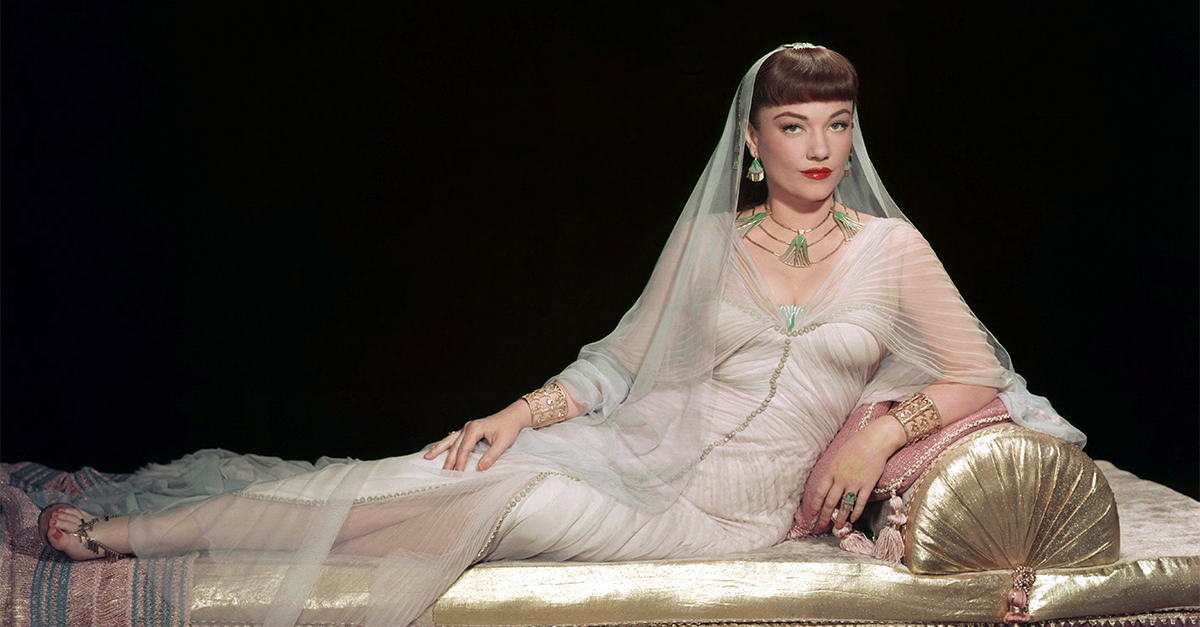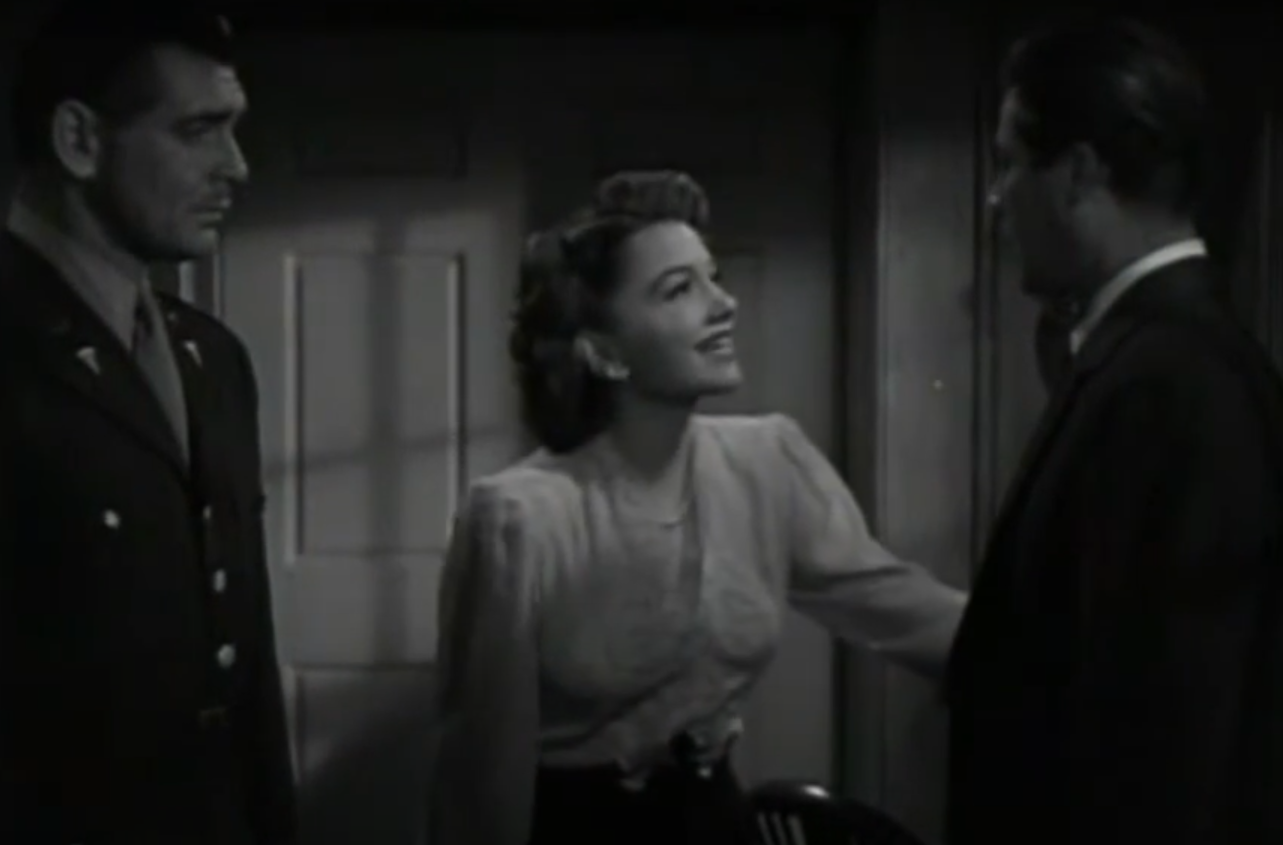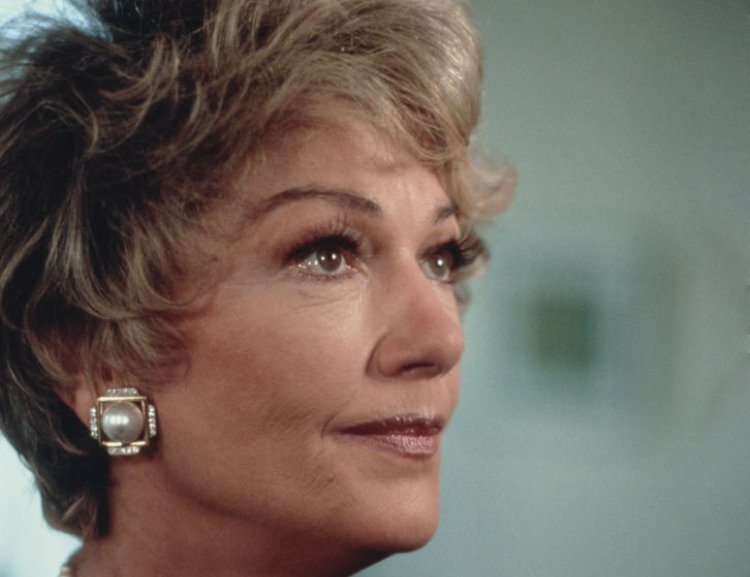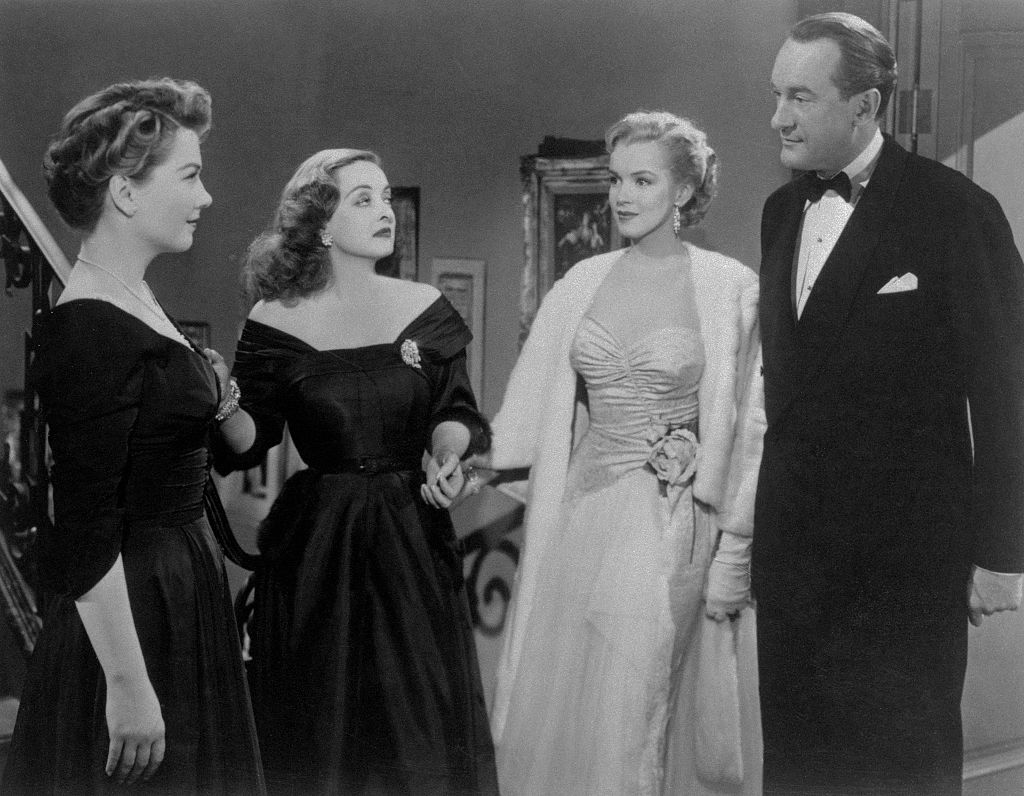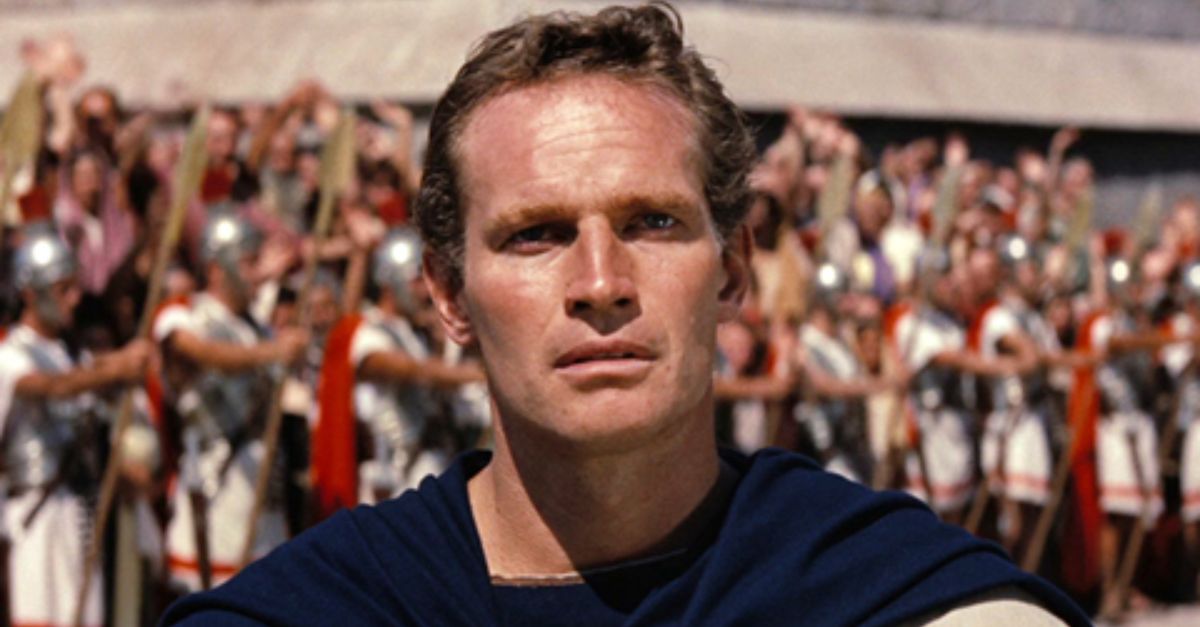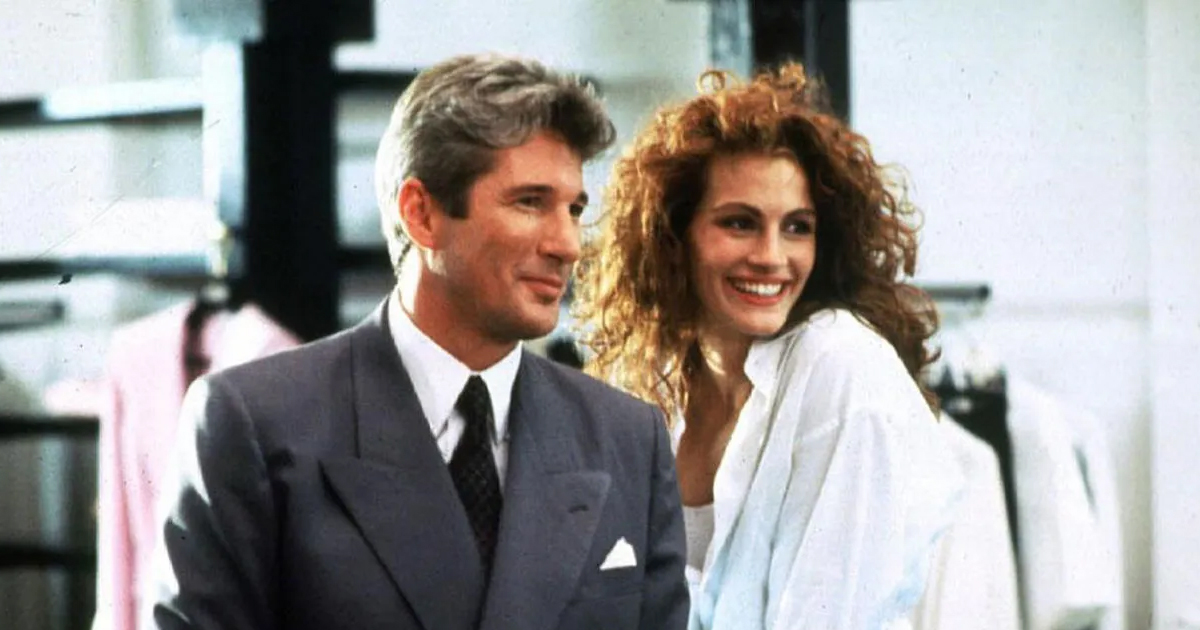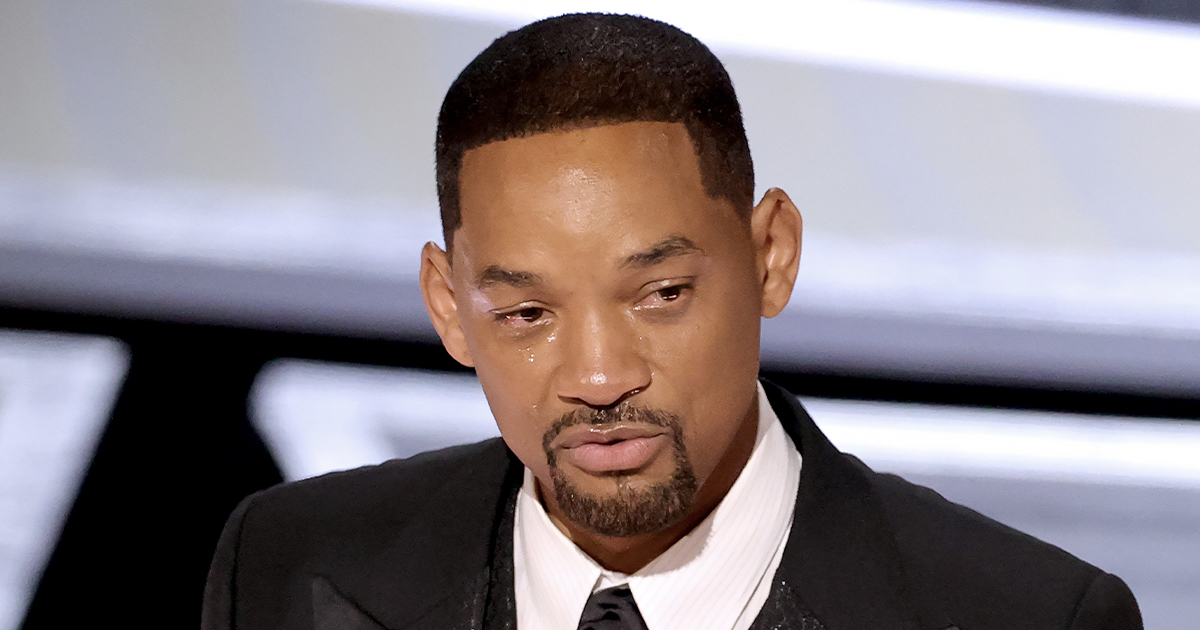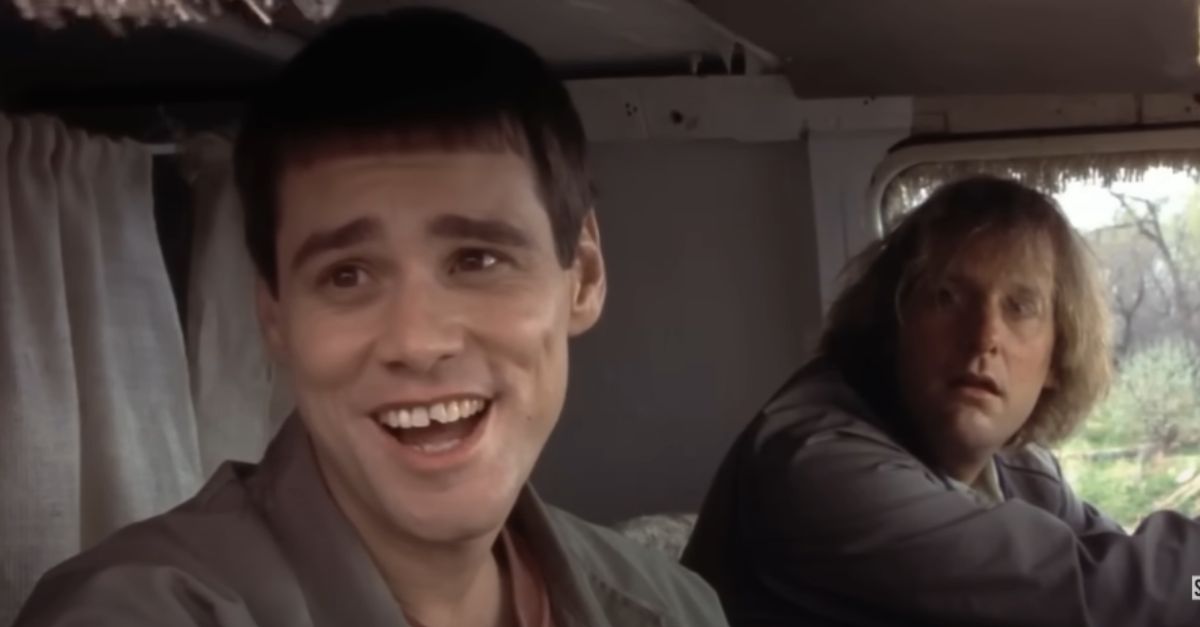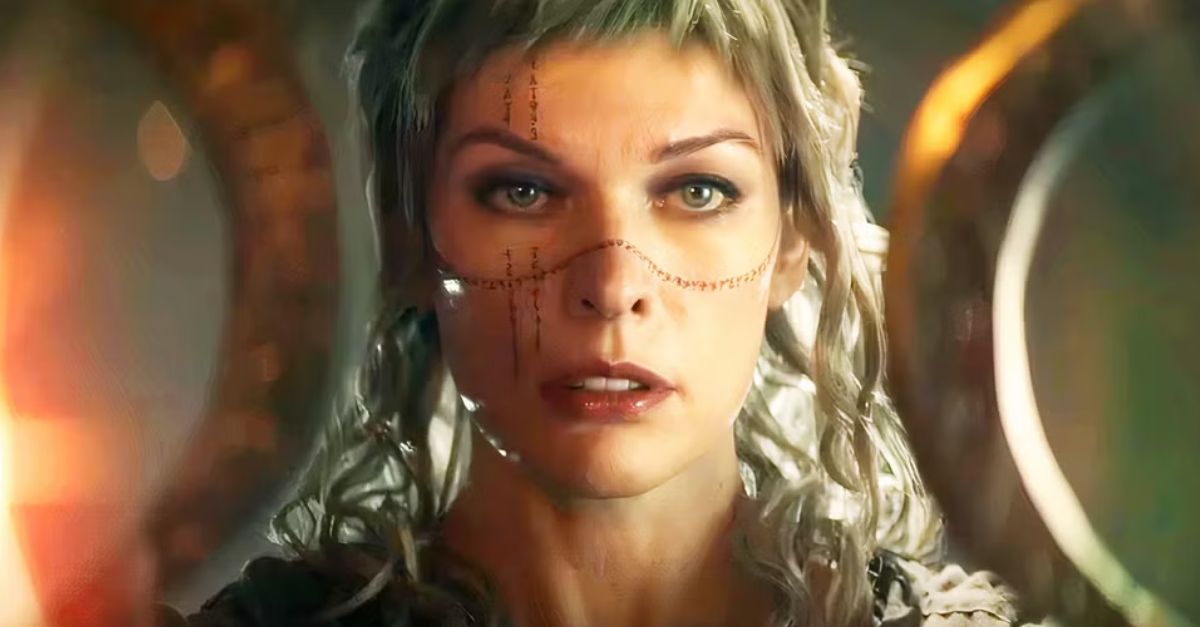She Worked With The Best
Anne Baxter started her career working with some of the greatest directors in Hollywood. Sadly for her, it was on their least successful films. Her career finally took off in two very different movies: an epic battle between two powerful women, and the epic film among all epic films. Oh and along the way, Baxter inspired one of the most recognizable voices in Hollywood history.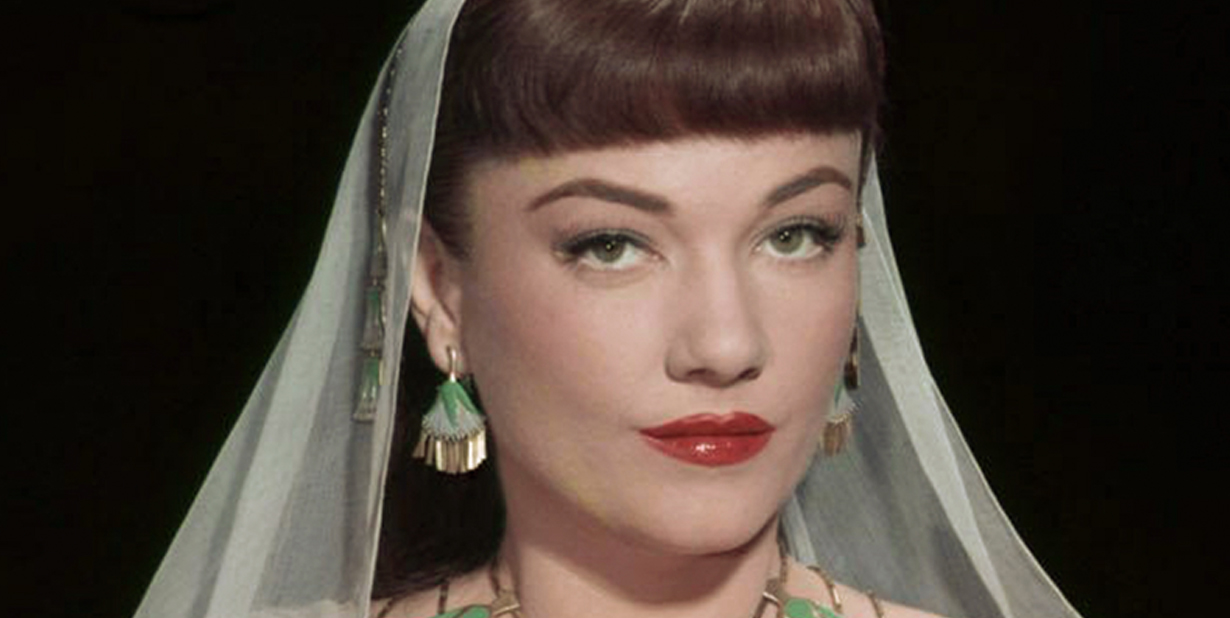
1. She Had A Great Grandfather
Anne Baxter was born on May 7, 1923, in Michigan City, Indianapolis. Dad worked for Seagrams, a distilling company, and Mom came from a rather distinguished family. Her father, Anne’s grandfather, was Frank Lloyd Wright, one of America's most famous architects. So, Baxter grew up pretty wealthy, but she was still determined to make a name for herself in her own way.
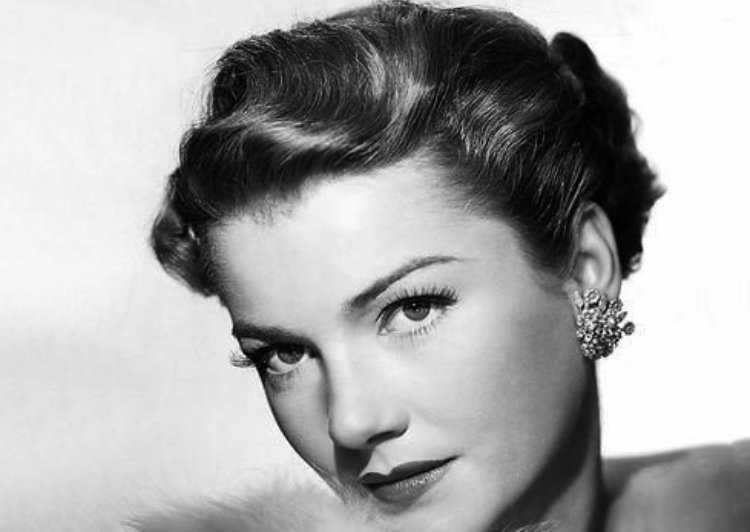 20th Century Fox, Wikimedia Commons
20th Century Fox, Wikimedia Commons
2. She Made A Lucky Move
Anne Baxter was only five when she made her first attempts at acting. This was when she stepped on stage in a school play. The next year, the Baxter family moved to New York, and Baxter entered the rather posh Upper East Side Brearley School. The move to New York was fortunate because young Baxter had her sights set on Broadway.
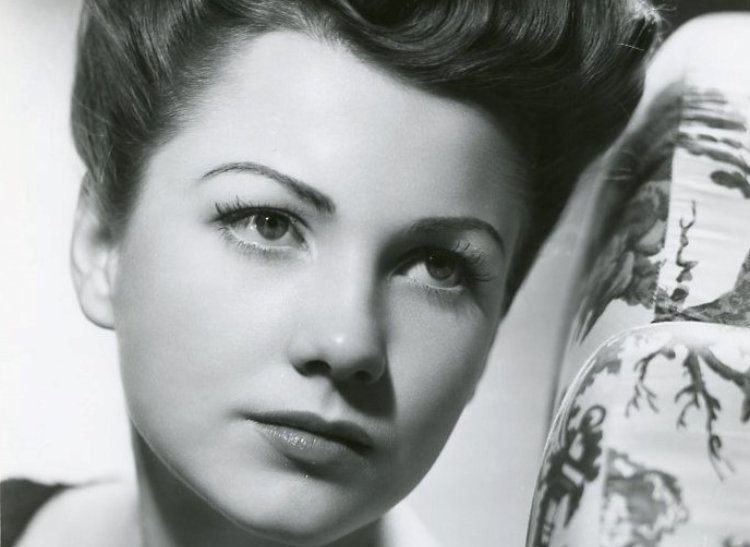 20th Century Fox, Wikimedia Commons
20th Century Fox, Wikimedia Commons
3. She Got Seen
After seeing a play on Broadway, Baxter announced that she would be an actor. Three years later she was on stage in her first Broadway show. This was the comedy/horror Seen but Not Heard. Baxter had certainly caught the acting bug, but she needed someone to take her to the next level.
 A. L. Whitey Schafer, Wikimedia Commons
A. L. Whitey Schafer, Wikimedia Commons
4. She Needed A Mentor
While many aspiring actors attended classes from Lee Strasberg, Baxter went one better. She learned from the woman who taught Strasburg. This was Russian immigrant Maria Ouspenskaya, who took Baxter under her wing. The plan was to make Baxter into a star.
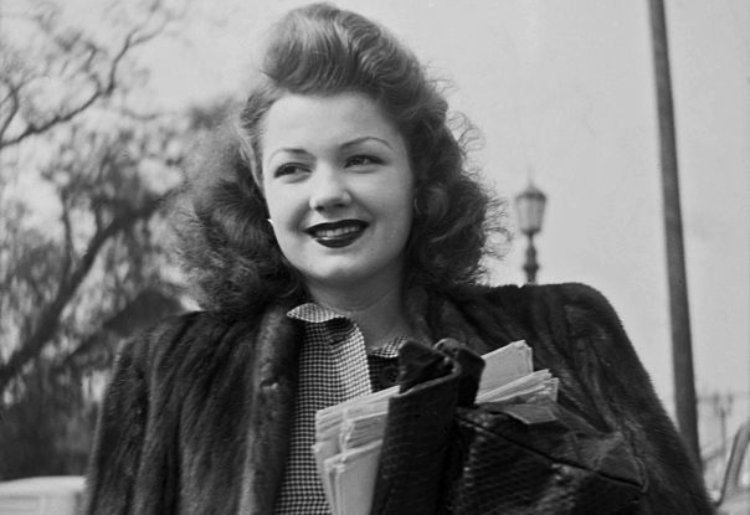 Michael Ochs Archives, Getty Images
Michael Ochs Archives, Getty Images
5. She Got A Great Part
Working with Ouspenskaya paid off, and Baxter landed a great part. She would play Katharine Hepburn’s daughter in the Broadway show The Philadelphia Story. They did a pre-Broadway run to get ready for the real thing. Before they moved the play to Broadway, something disastrous happened.
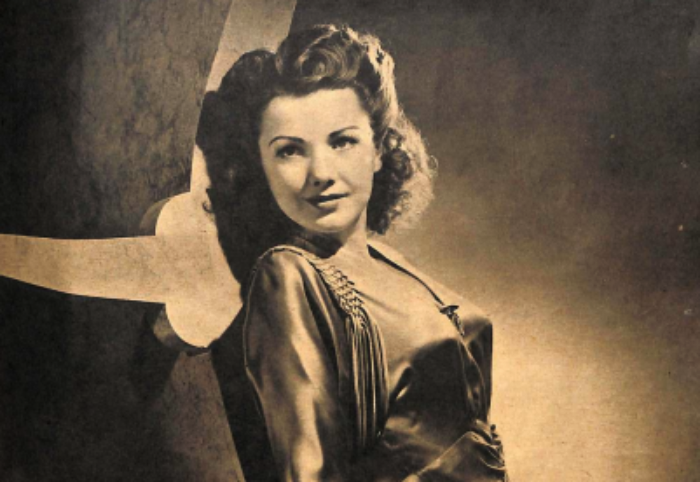 Unknown author, Wikimedia Commons
Unknown author, Wikimedia Commons
6. She Was Out
Before taking The Philadelphia Story to Broadway, lead actor Katharine Hepburn had a request. She wanted Baxter off the show. Apparently, Hepburn didn’t like the teenager’s acting style. It looked like Baxter’s career was over before it began. But she was no quitter, and decided to go in a different direction.
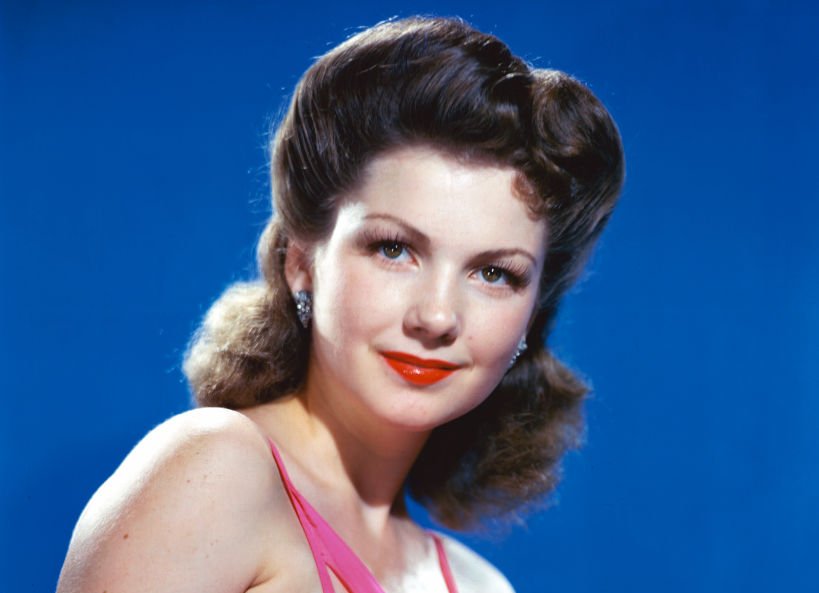 Silver Screen Collection, Getty Images
Silver Screen Collection, Getty Images
7. She Shifted Her Focus
Anne Baxter decided that if Broadway didn’t want her, Hollywood just might. She didn’t waste any time and soon had an audition with the illustrious director Alfred Hitchcock. She was only 16, and she was auditioning for the lead actress in Hitchcock’s Rebecca. Her future was in the horror movie director’s hands.
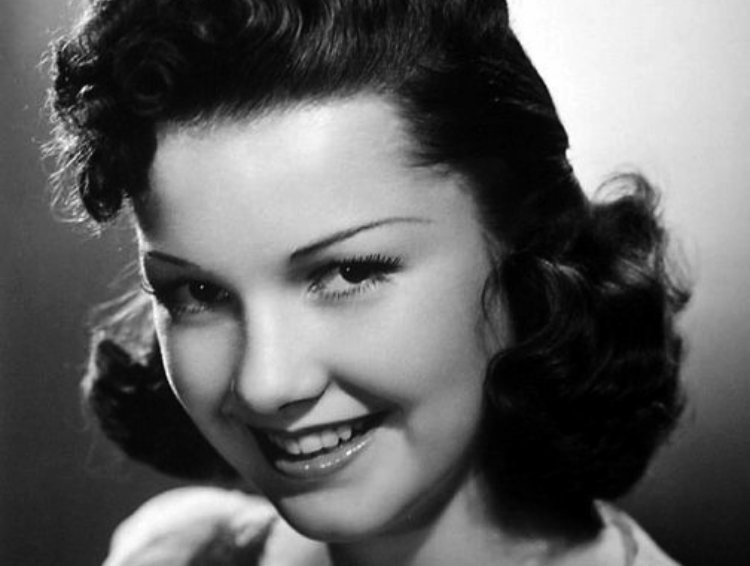 Unknown author, Wikimedia Commons
Unknown author, Wikimedia Commons
8. She Was A Little Young
Hitchcock thought, quite correctly, that Baxter was too young to play Mrs DeWinter in Rebecca and the role went to Joan Fontaine, who was six years older. Fontaine walked away with an Academy Award nomination, but Baxter got her own reward.
Both MGM and 20th Century Fox wanted to sign her on. She had a big decision to make.
 United Artists, Wikimedia Commons
United Artists, Wikimedia Commons
9. She Made The Obvious Choice
Anne Baxter had her choice of two major studios. There certainly are worse things in the world for an up-and-coming actor. To make her decision, Baxter did the most obvious thing. She went where the money was. Fox was offering the higher salary, so that’s where she signed.
Now it was time for them to turn her into a star.
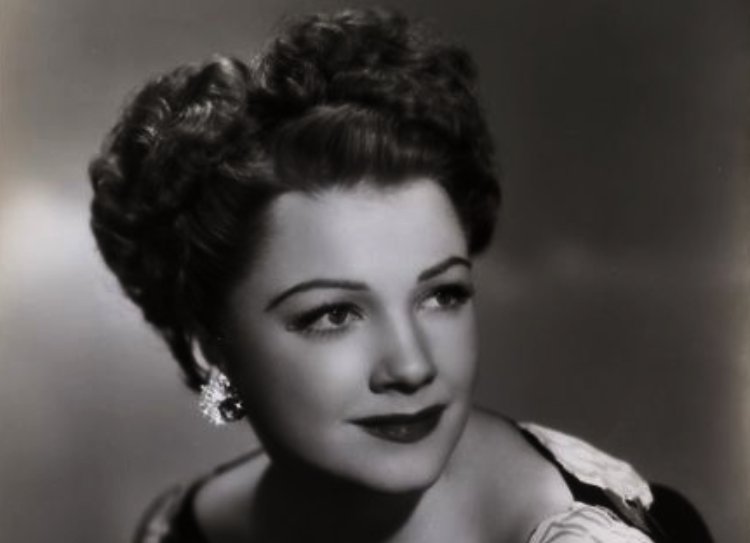 Unknown author, Wikimedia Commons
Unknown author, Wikimedia Commons
10. She Paid Her Dues
Strangely, 20th Century Fox’s first move for Anne Baxter was to loan her out to the studio she’d said no to. MGM was making the 1940 Western 20 Mule Team and they needed her for a daughter role. That same year, 20th Century Fox brought her back for a comedy with John Barrymore.
You could say that Baxter was paying her dues with these smaller parts. But if she wanted to be a star, she needed a lead part.
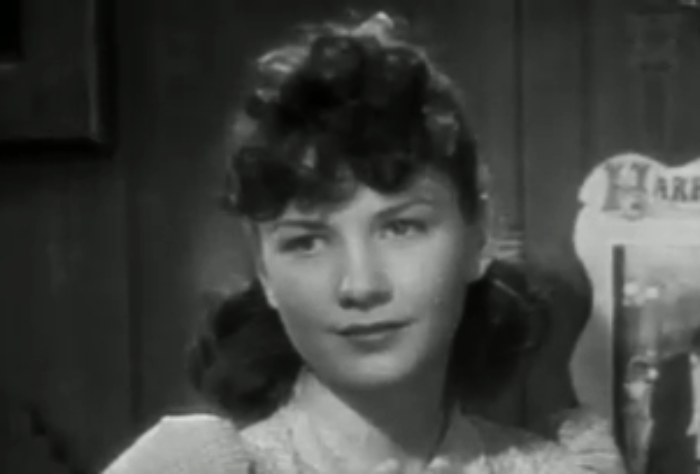 Metro-Goldwyn-Mayer, Wikimedia Commons
Metro-Goldwyn-Mayer, Wikimedia Commons
11. She Was Close To The Top
After another small role—this one with Jack Benny in Charley’s Aunt—Baxter received her first lead role offer. The film was Swamp Water and there are only two names above hers in the credits. For this reason, you could call this Baxter’s first lead role. But there was something fishy in these swampy waters.
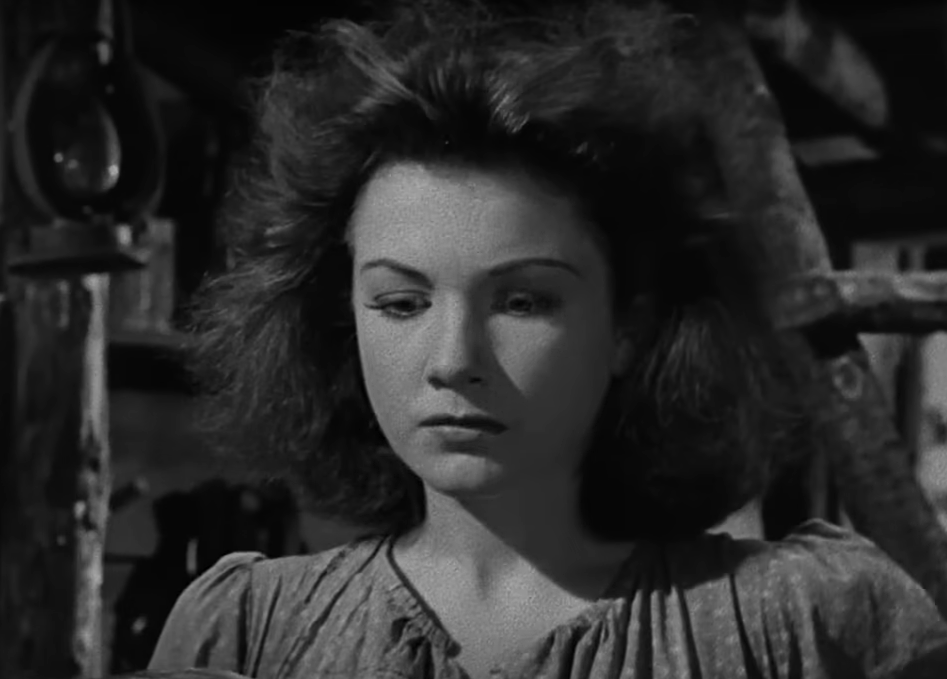 Twentieth Century, Swamp Water (1941)
Twentieth Century, Swamp Water (1941)
12. She Overtook Him
Baxter’s name may have been third in the credits, but the name right below hers was clearly the film’s protagonist. This was Dana Andrews, who appears in nearly every scene in Swamp Water. It’s not clear what Andrews did to receive such bad treatment, but it certainly paid off for Baxter.
All Baxter needed now was for Swamp Water to be a hit.
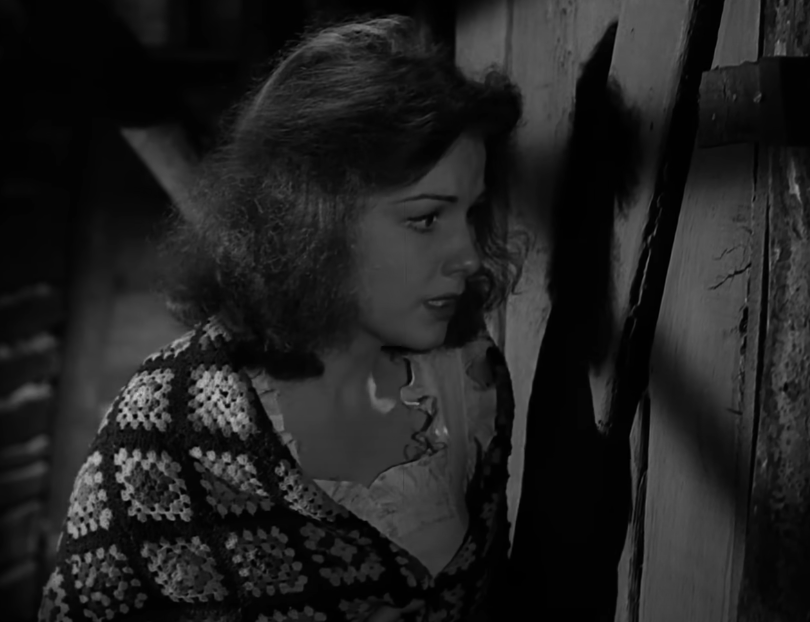 Twentieth Century, Swamp Water (1941)
Twentieth Century, Swamp Water (1941)
13. They Noticed It
Swamp Water wasn’t a huge hit, but it did well at the box office and with critics. Up next for Anne Baxter was The Pied Piper. Baxter was once again among the stars at the top of the billing, but there was a big difference here. The Pied Piper received recognition from the most important people in Hollywood.
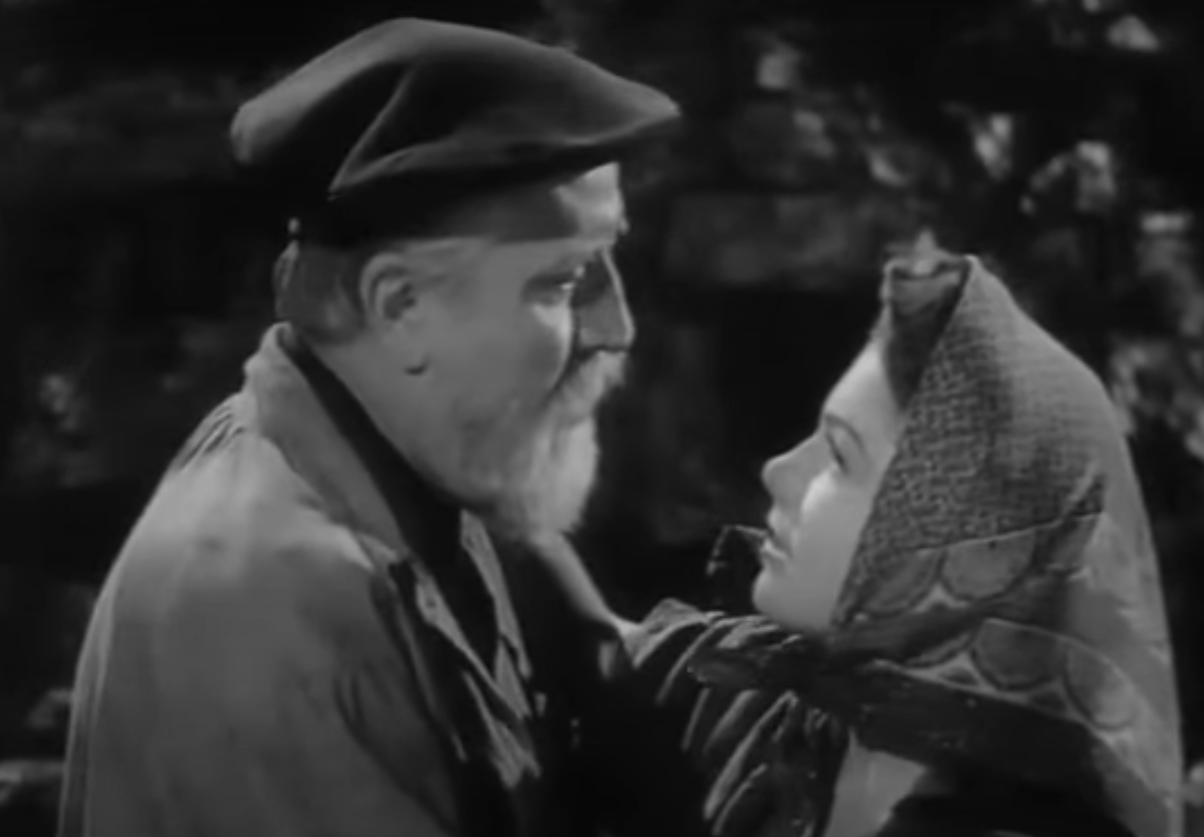 Twentieth Century, The Pied Piper (1942)
Twentieth Century, The Pied Piper (1942)
14. It Wasn’t For Her
When it came to that year’s Academy Awards, The Pied Piper received three nominations. Unfortunately, none of them headed in Baxter’s direction. The good news was that one of the nominations was for Best Picture. Being in a Best Picture nominated film could do wonders for an up-and-coming actor.
Certainly, Baxter could leverage this win into a career-defining role.
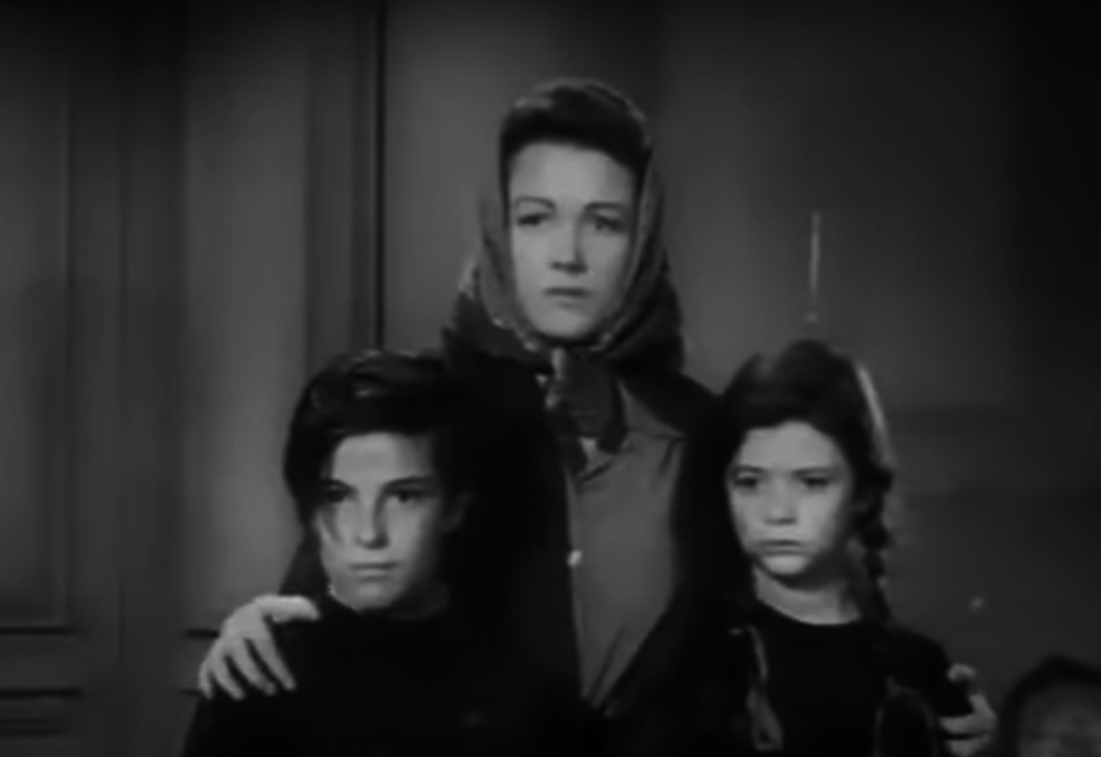 Twentieth Century, The Pied Piper (1942)
Twentieth Century, The Pied Piper (1942)
15. She Needed This Part
A director’s name that was on everyone’s lips was Orson Welles, especially after he made the controversial film, Citizen Kane. While Welles continued to fight to get Citizen Kane into theaters, he made his next film, The Magnificent Ambersons. Of course, a part in this film could really ignite Baxter’s career. As it turned out, she had a leg up with this one.
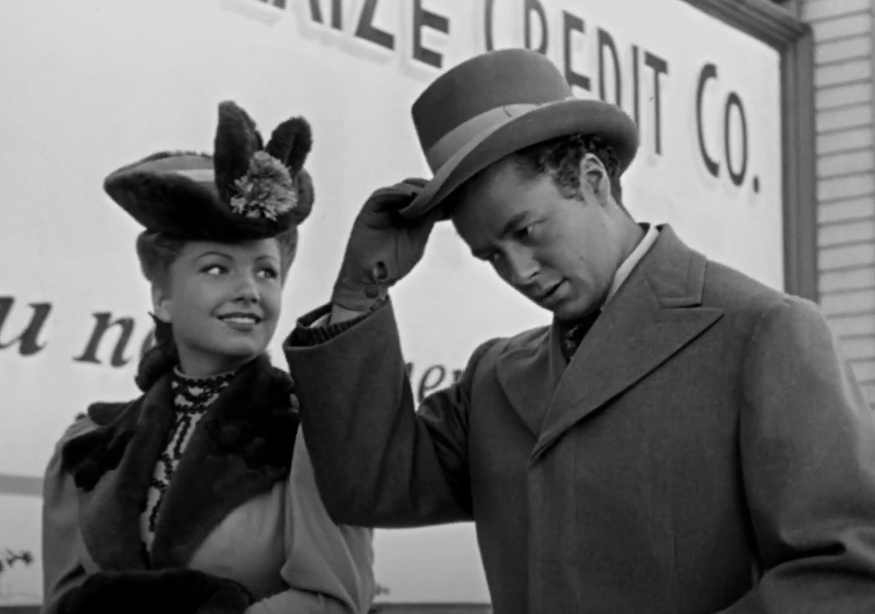 Mercury Productions, The Magnificent Ambersons (1942)
Mercury Productions, The Magnificent Ambersons (1942)
16. He Remembered Her
The lead role in The Magnificent Ambersons went to Joseph Cotten, and he had a fond memory of Anne Baxter. He’d been in the stage play where Katharine Hepburn had arranged to have Baxter fired. When Welles was looking for a young woman to play Cotten’s daughter, Cotten recommended Baxter.
Baxter had found her gold mine part, now she had to knock it out of the park.
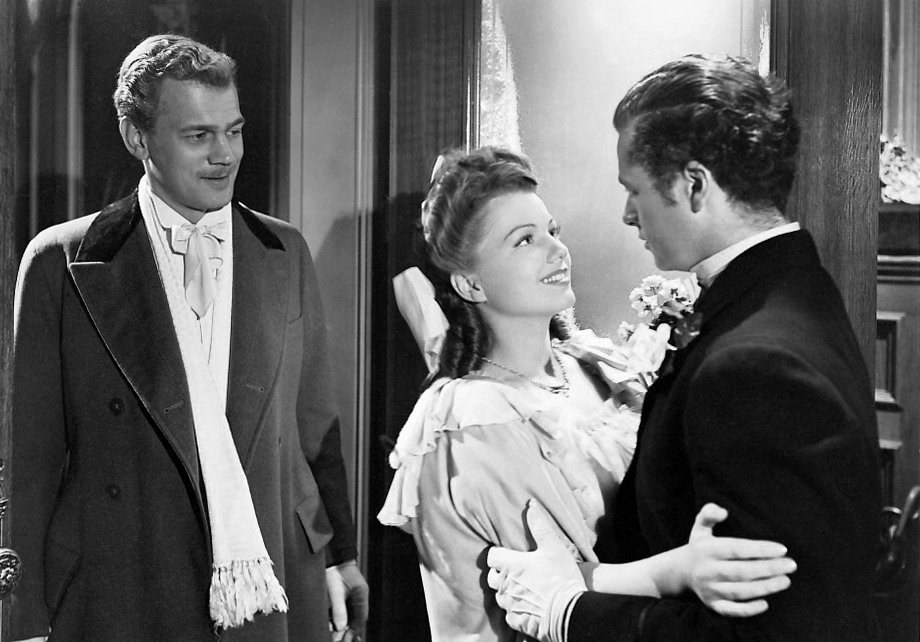 RKO Radio Pictures, Wikimedia Commons
RKO Radio Pictures, Wikimedia Commons
17. She Was In Both
The Magnificent Ambersons was a critics’ darling, but failed to thrive at the box office. When awards season came around there were nominations, but nothing for Baxter. The film did get the nod for Best Picture and would be up against another Baxter film, The Pied Piper. At least she had a great chance of one of her movies taking home the top prize.
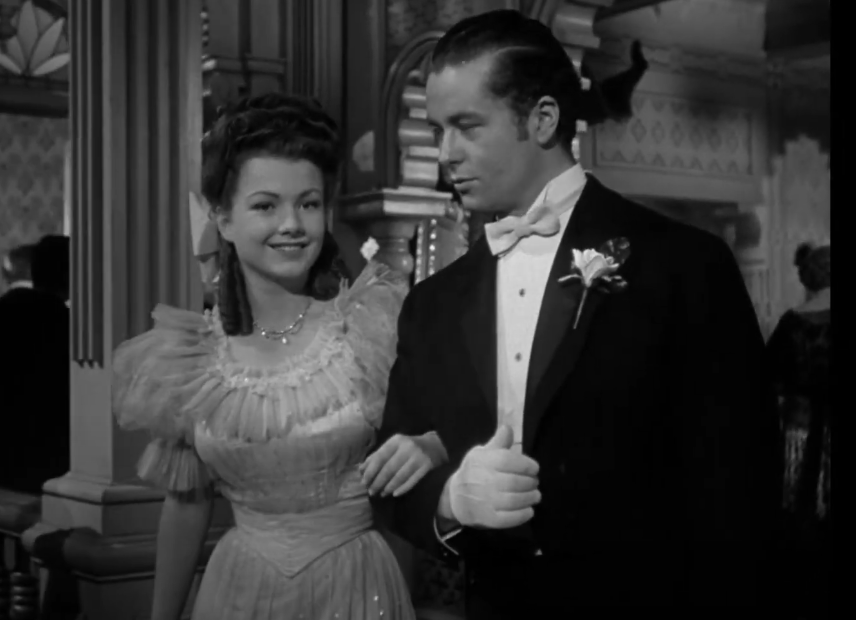 Mercury Productions, The Magnificent Ambersons (1942)
Mercury Productions, The Magnificent Ambersons (1942)
18. She Was A Step Above
Sadly, neither Baxter film took home the trophy on awards night. No matter, Baxter moved on to a leading lady role in Crash Dive. Once again her name appeared one step above co-star Dana Andrews. This film also garnered Oscar buzz but sadly only won for Best Visual Effects.
It seemed that, like the title of this film, Baxter’s career was taking a dive—and was in danger of crashing.
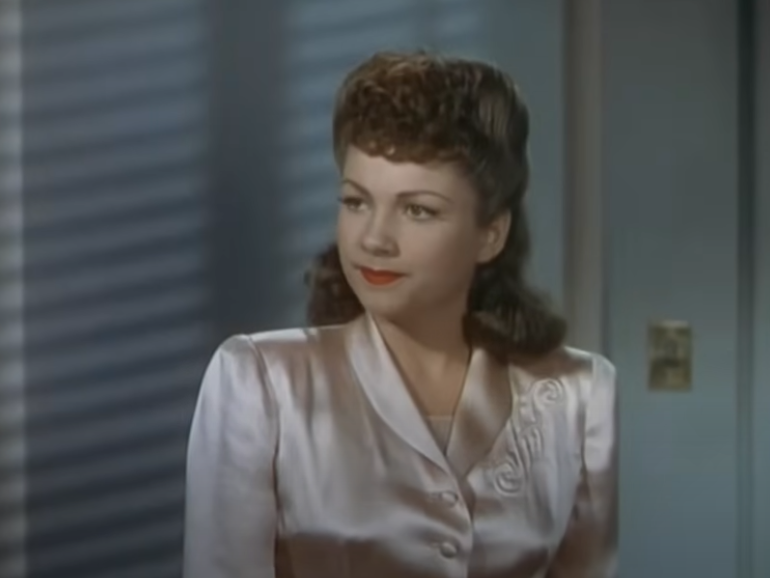 Twentieth Century, Crash Dive (1943)
Twentieth Century, Crash Dive (1943)
19. She Tried French
Baxter’s next film was with another celebrated auteur. This was Double Indemnity director Billy Wilder, and the film was Five Graves To Cairo. Here, Baxter had to pull off a credible French accent and, according to some, she nailed it. Her accent, however, didn’t save the film and it received mixed reviews.
But something big was coming her way.
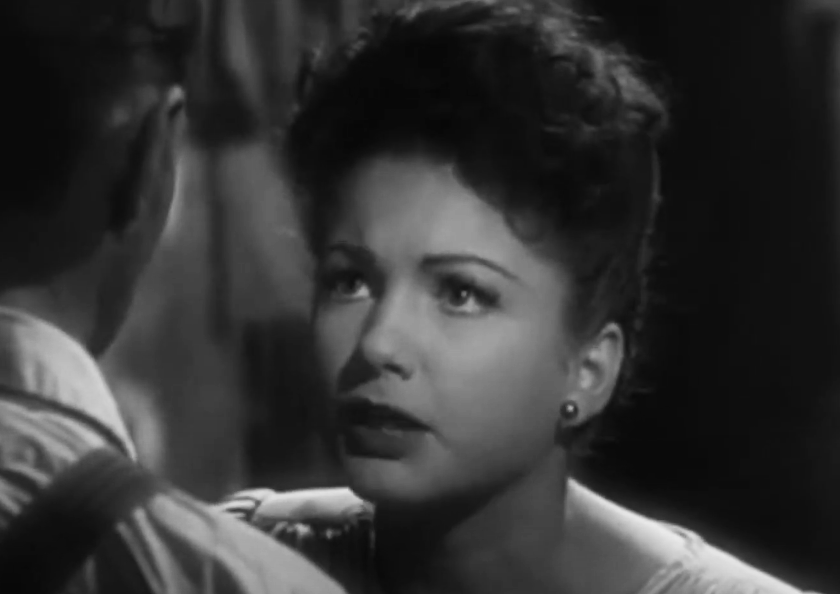 Paramount, Five Graves to Cairo (1943)
Paramount, Five Graves to Cairo (1943)
20. She Got What She Wanted
In 1944, Anne Baxter finally got what she wanted. In Guest in the House, she got top billing. But behind the scenes, making the film was a nightmare. Halfway through filming, the director collapsed. He had appendicitis and needed emergency surgery. This may have been a piece of luck for the director, because he could avoid the disappointment that was Guest in the House.
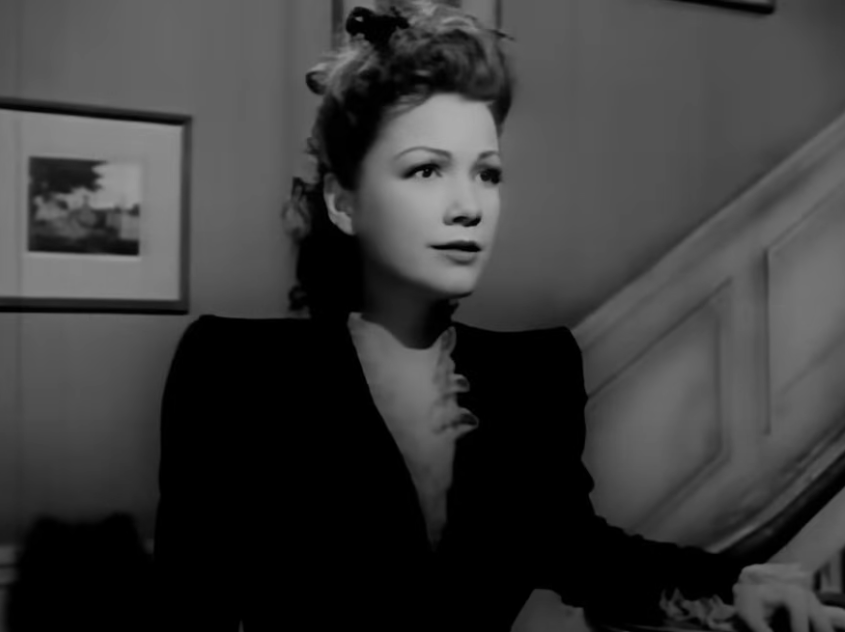 Hunt Stromberg Productions, Guest in the House (1944)
Hunt Stromberg Productions, Guest in the House (1944)
21. She Stood Out
While Guest in the House did make $50,000 for United Artists, it made no friends with the critics. Sadly, a lot of the problems seemed to lie in Baxter’s acting. In the film, she plays a homewrecker, but the consensus was that she was just too obvious. This was certainly a setback in Baxter’s career.
Sadly, she was about to see this on repeat.
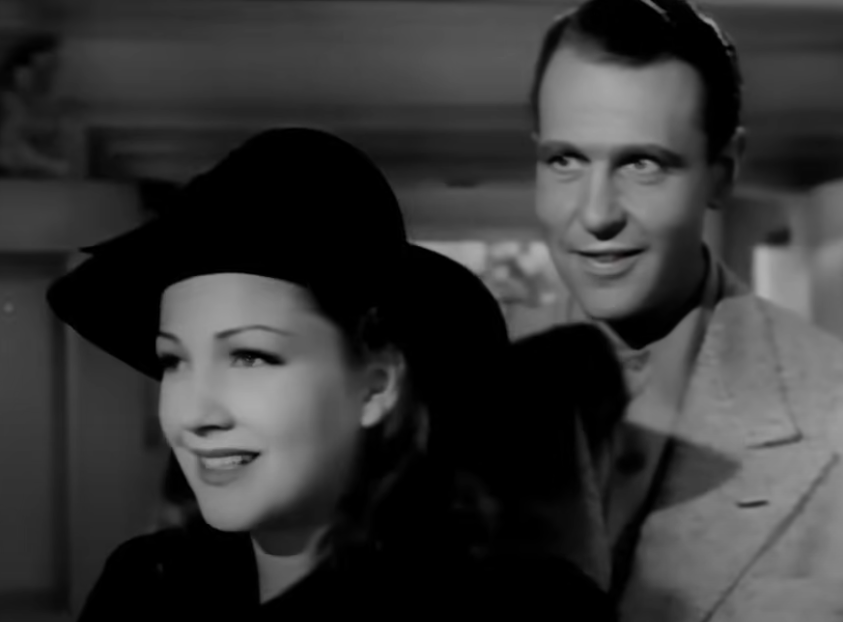 Hunt Stromberg Productions, Guest in the House (1944)
Hunt Stromberg Productions, Guest in the House (1944)
22. She Had Deja Vu
Baxter’s next film, A Royal Scandal, provided her with a huge deja vu. Once again, the original director got sick, and they replaced him with a new director. This time Otto Preminger, who just had success with Academy Award-nominated Laura, took the helm. The other piece of deja vu was the bad reviews. They called the film “oddly dull”.
Anne Baxter had struck out with two famed directors: Wilder and Preminger. She had to be wondering if she was the problem.
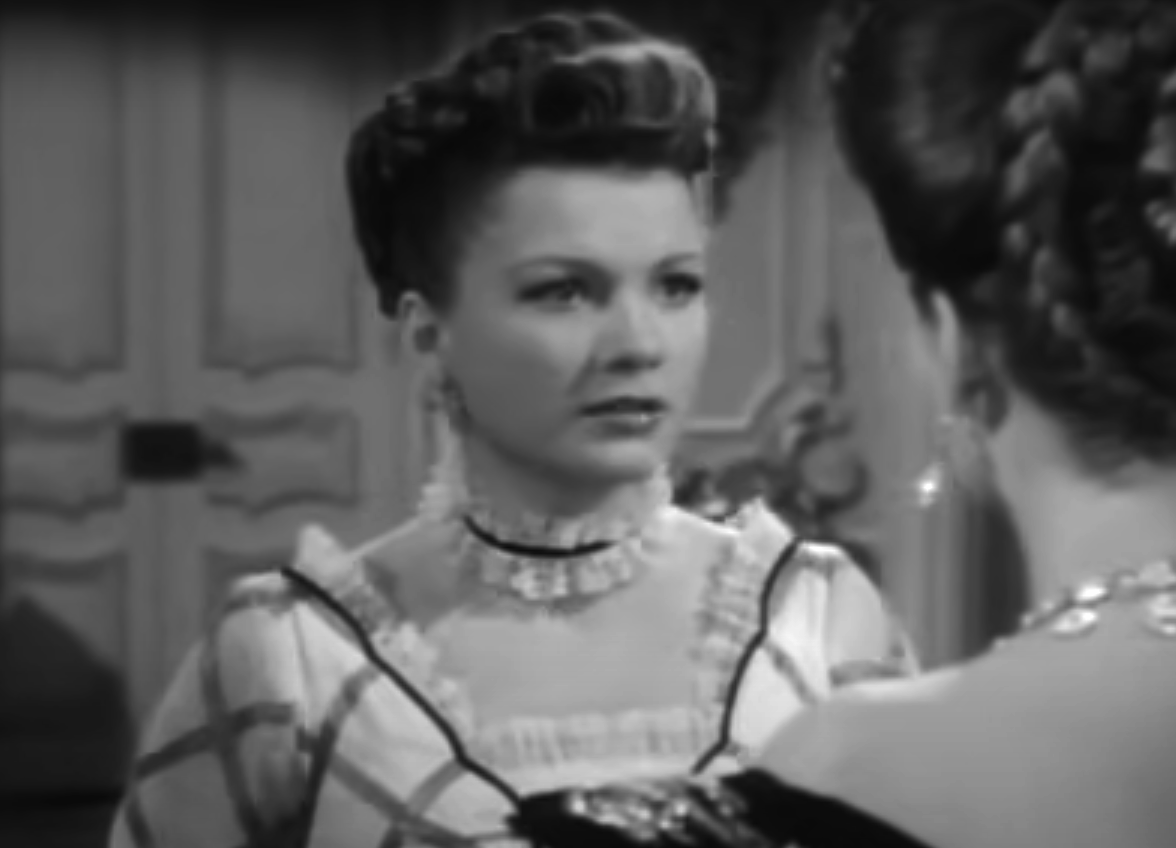 Twentieth Century, A Royal Scandal (1945)
Twentieth Century, A Royal Scandal (1945)
23. She Had To Hope
In 1946, Baxter got a call to appear opposite matinee idol Tyrone Power in The Razor’s Edge. Well, not exactly opposite. Baxter was back to playing a supporting role—maybe as punishment for her two flops. All she could do now was hope that audiences and critics would notice her.
With this film, she got her wish.
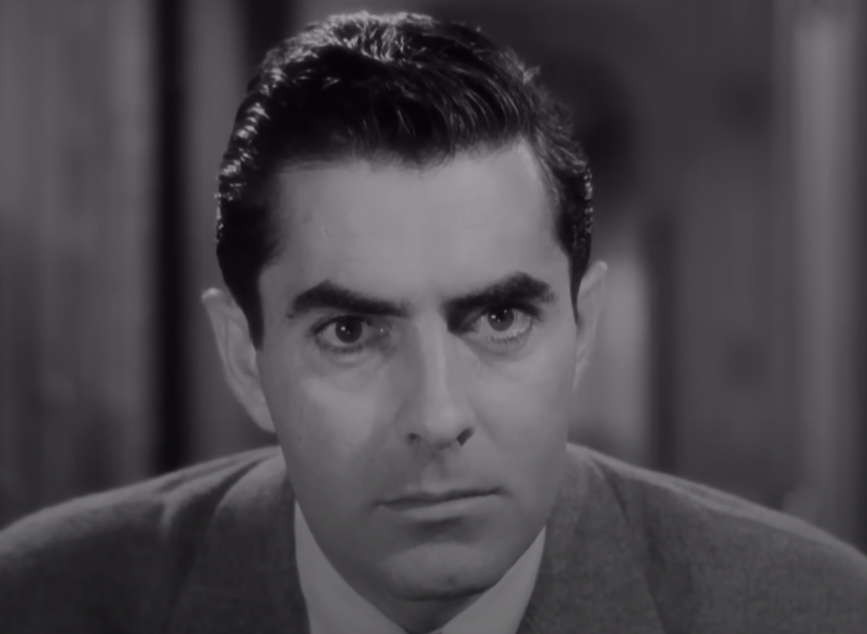 Twentieth Century, The Razor's Edge (1946)
Twentieth Century, The Razor's Edge (1946)
24. It Was A Big Deal
Even before its release, The Razor’s Edge was becoming a big deal. 20th Century Fox wasn’t holding back on its publicity of the film. They premiered it at the Roxy Theater in New York City and it was a glamorous affair. Some called it the "largest and most star-studded motion picture premiere since the war".
Now all Baxter had to do was hope she didn’t get lost in the shuffle.
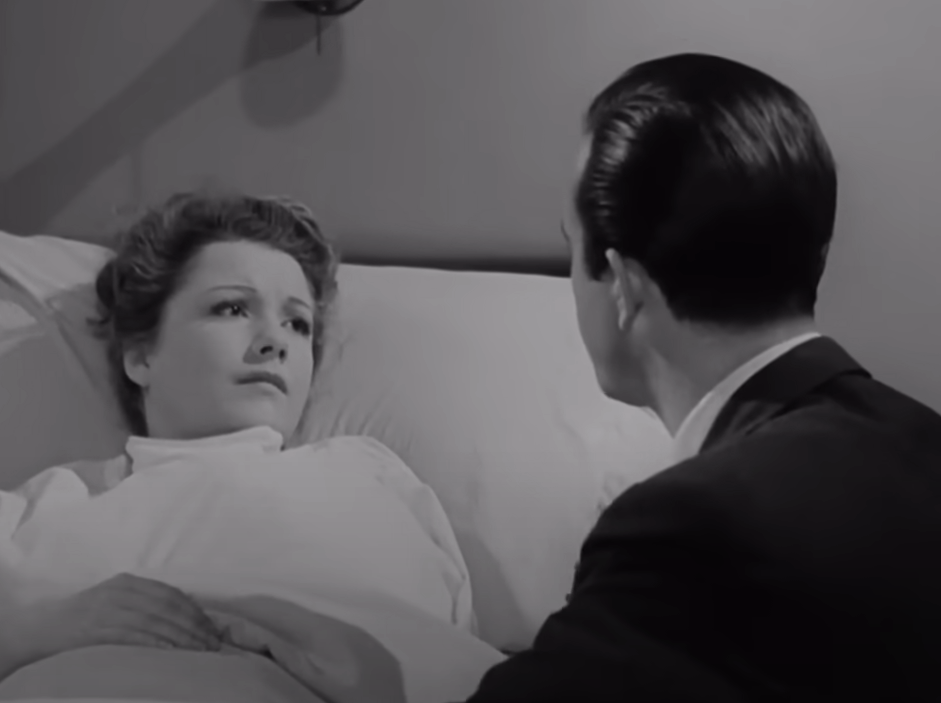 Twentieth Century, The Razor's Edge (1946)
Twentieth Century, The Razor's Edge (1946)
25. They Weren’t Kind
With the huge marketing campaign, it was no surprise that The Razor’s Edge made a killing at the box office. Some critics, however, were not so kind. The New York Times took issue with the dialogue and the script in general. It looked like another flop for Baxter, and then something surprising happened.
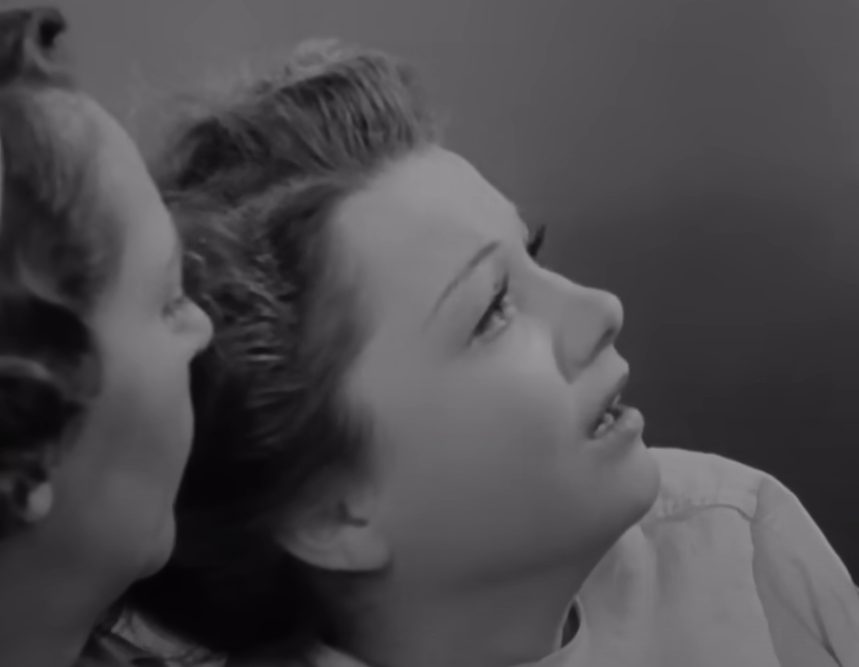 Twentieth Century, The Razor's Edge (1946)
Twentieth Century, The Razor's Edge (1946)
26. She Had Her Reasons
When the Academy announced their nominations for the year, The Razor’s Edge came up with a surprising four nods. Even better, Anne Baxter was up for Best Supporting Actress. As it turned out, there was a reason for Baxter’s stellar performance, and it was a heartbreaking one.
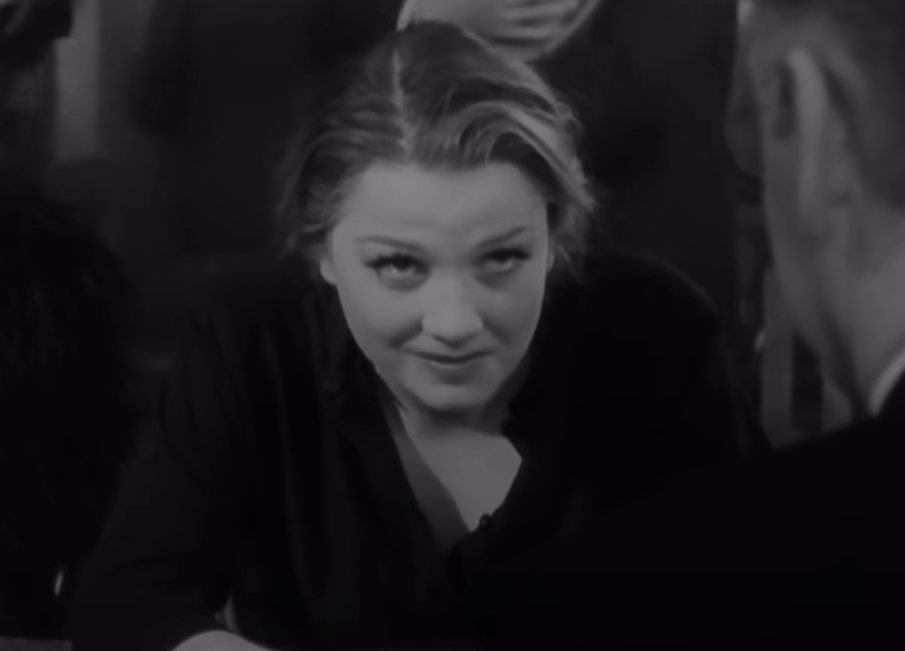 Twentieth Century, The Razor's Edge (1946)
Twentieth Century, The Razor's Edge (1946)
27. She Suffered A Loss
One of Baxter’s pivotal scenes in The Razor’s Edge has her character in an emotional scene in a hospital. In real life, Baxter had lost a three-year-old brother when she was a child, and she took the feelings from that sad situation and used them for her acting. It was powerful stuff, but was it enough to take home the trophy?
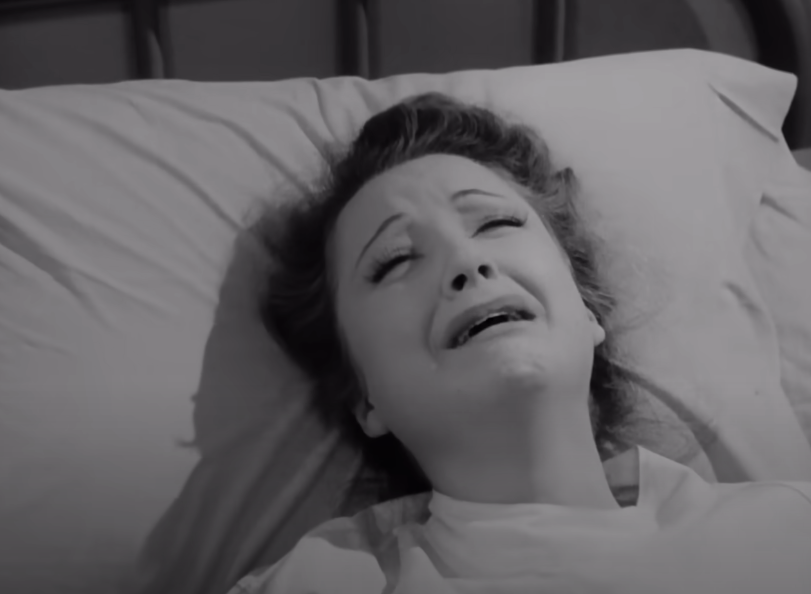 Twentieth Century, The Razor's Edge (1946)
Twentieth Century, The Razor's Edge (1946)
28. She Took Home Two
On Oscar night, Baxter did indeed win the Best Supporting Actress category. It was the only win for The Razor’s Edge, and a triumphant moment for Baxter. Then it happened again at the Golden Globes. Baxter must have been over the moon. But as we now know, Best Supporting actresses don’t always have happy endings.
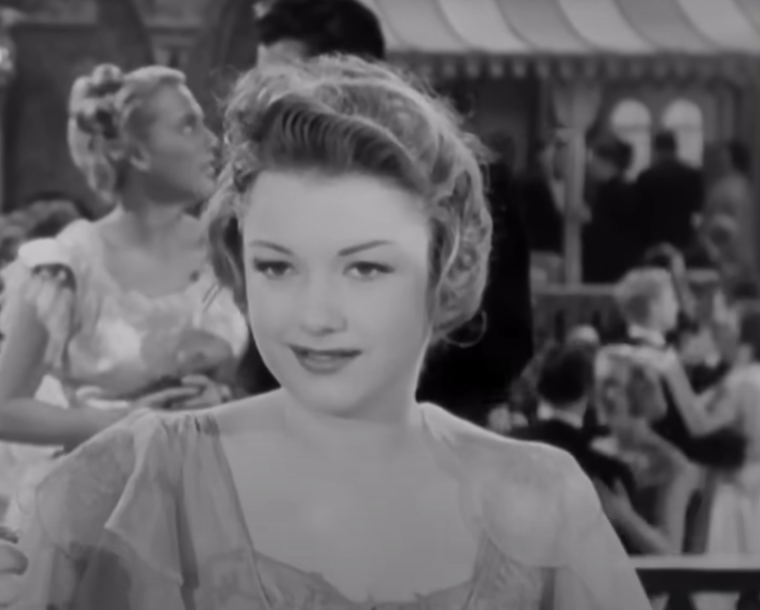 Twentieth Century, The Razor's Edge (1946)
Twentieth Century, The Razor's Edge (1946)
29. She May Have Been Cursed
Even though Baxter’s next feature—Blaze of Noon—focused on four brothers involved in aviation, it was Baxter who got top billing. Surely her new status as an Academy Award winner helped with that. Sadly, this film was kind of “meh”. Could Baxter be heading for what has recently—because of actors like Marisa Tomei and Jennifer Hudson—been called the Best Supporting Actress curse?
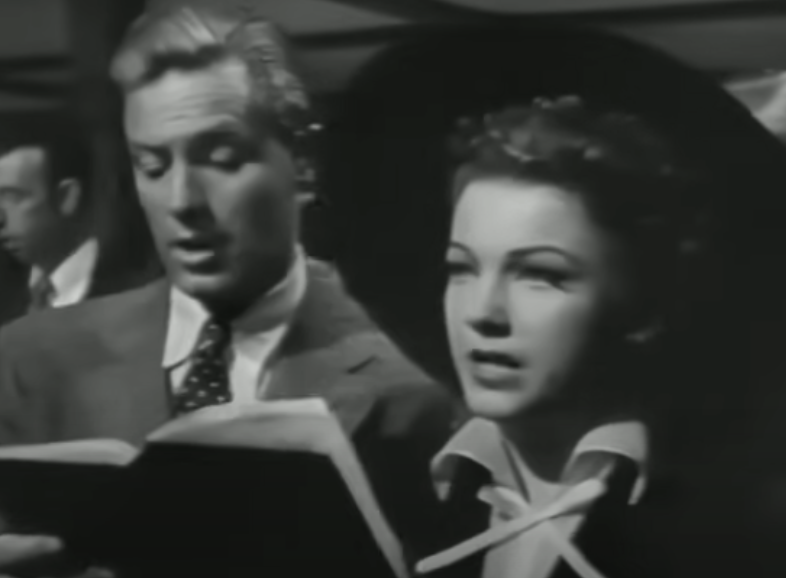 Paramount, Blaze of Noon (1947)
Paramount, Blaze of Noon (1947)
30. She Was Supporting
The thing was, Anne Baxter had no shortage of roles. What she needed was a lead role in a successful film. While her next film—Homecoming—was a huge hit, Baxter was left in the cold. The stars that benefited from it were the leads: Clark Gable and Lana Turner. Baxter was back to playing supporting roles.
But there was one big plus from this film.
31. He Was A Familiar Face
In one of Baxter’s scenes in Homecoming, she finds a shoulder to cry on. The actor playing this role was John Hodiak. Well, crying on Hodiak’s shoulder was easy as pie--as the two had tied the knot before starting the film. They met back in 1944 while making Sunday Dinner for a Soldier.
Baxter’s next costar would not be nearly as cozy as Hodiak.
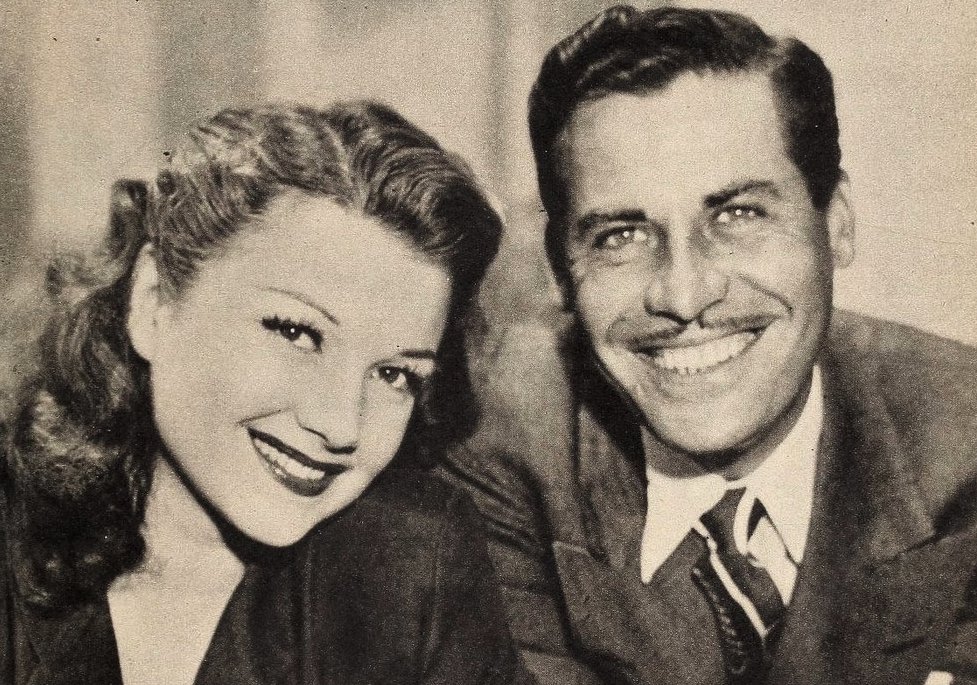 Modern Screen staff, Wikimedia Commons
Modern Screen staff, Wikimedia Commons
32. She Hated Him
Working with her husband was easy, her next role wouldn’t be as pleasant. Her co-star in the western Yellow Sky was Gregory Peck, and the two did not get along. The director went as far as to say that Baxter hated Peck. The problem here is that Baxter was playing Peck’s love interest. Sound difficult?
Then fate stepped in to give Baxter a break.
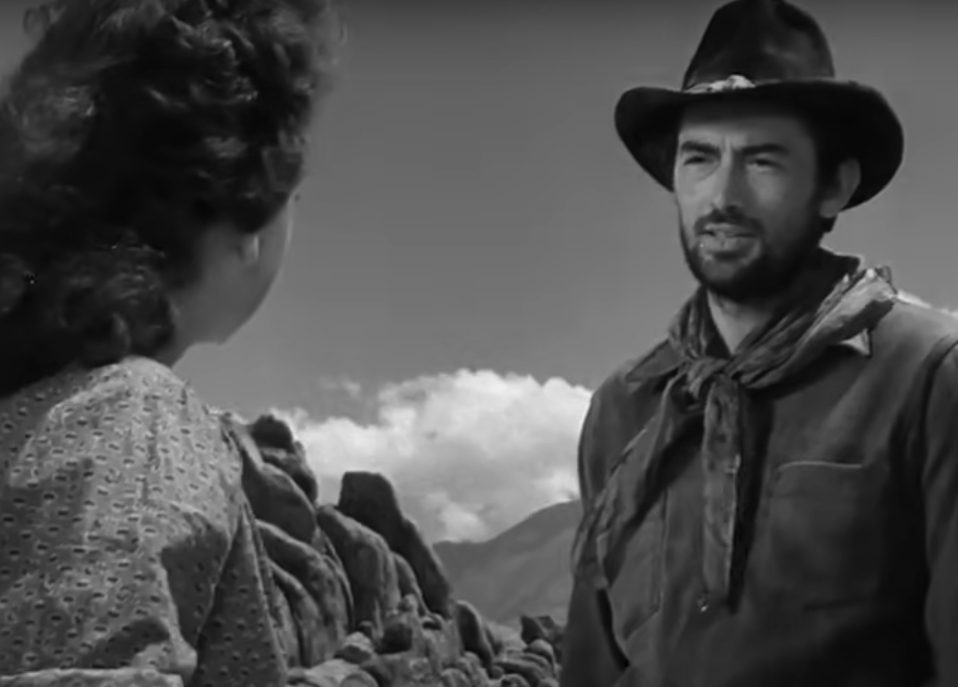 Twentieth Century, Yellow Sky (1948)
Twentieth Century, Yellow Sky (1948)
33. She Avoided Him
One scene in Yellow Sky called for Baxter and Peck to roll around in the hay together. This might be weird if you don’t get along with your co-star—but Baxter got out of the awkward situation in an unexpected way. Well, before they shot this scene Peck had broken his ankle falling from a horse. Baxter thankfully got to roll around in the hay with his stunt double instead.
Actually, it was Peck who was really lucky.
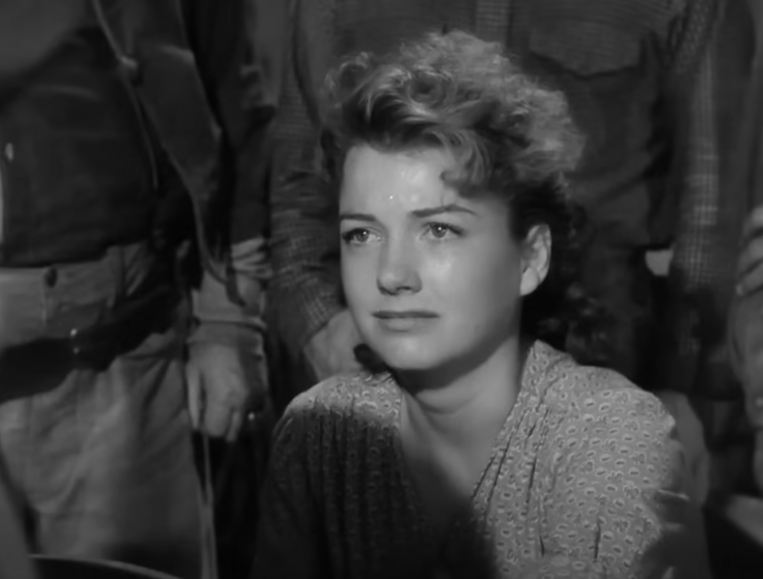 Twentieth Century, Yellow Sky (1948)
Twentieth Century, Yellow Sky (1948)
34. She Was Tough
When the director of Yellow Sky—William Wellman—learned that Anne Baxter hated Gregory Peck, he offered Peck a warning. Wellman said that he should be careful as he thought that Baxter would physically hurt him if they got into a fight. Baxter was getting a reputation as a fighter.
Well she was about to face the Hollywood star with one of the worst reputations in the business.
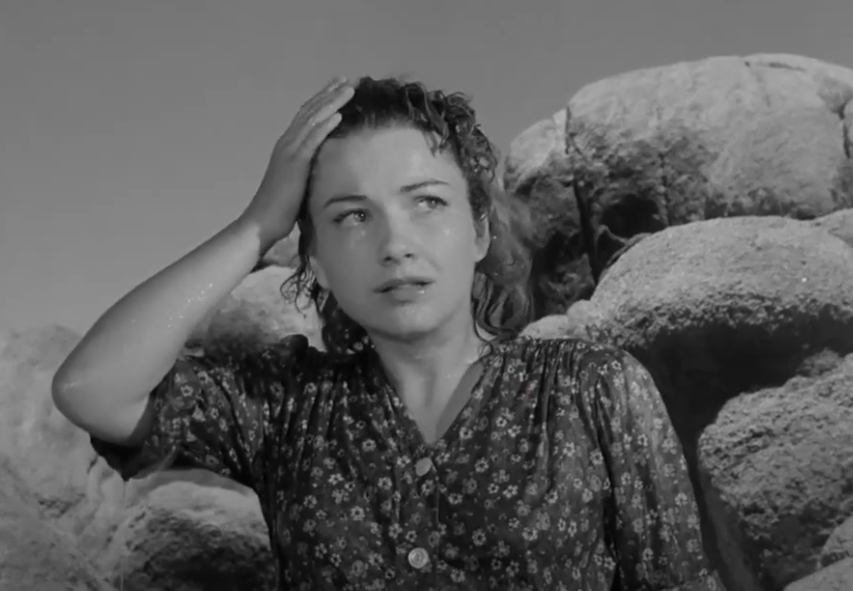 Twentieth Century, Yellow Sky (1948)
Twentieth Century, Yellow Sky (1948)
35. There Was A Buzz
1950’s All About Eve had a tremendous buzz about it even before they made it. The film tells the story of an aging Broadway star whose very existence comes under threat from a seemingly innocent fan. The role of Margo—the aging star—originally went to Claudette Colbert.
This was good news for Baxter for a bizarre reason.
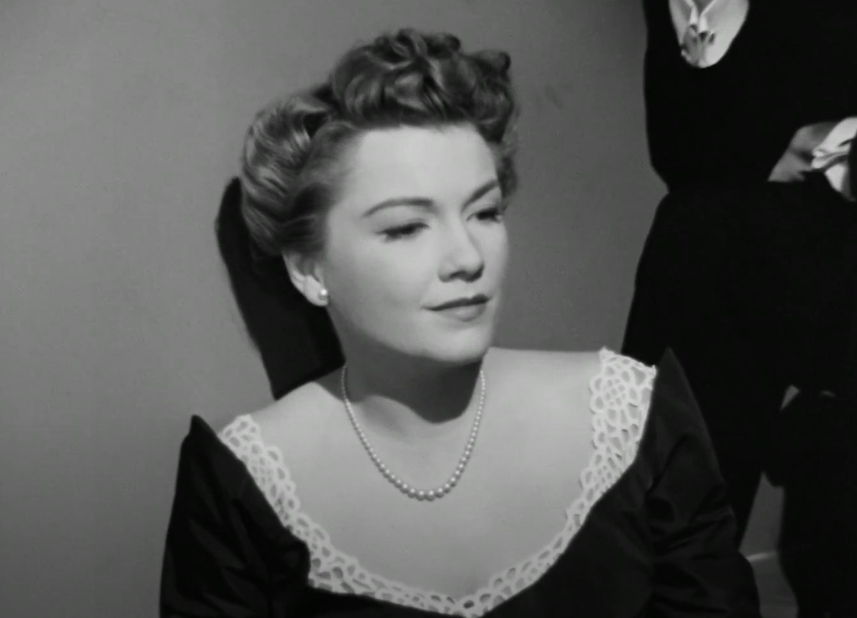 Twentieth Century, All About Eve (1950)
Twentieth Century, All About Eve (1950)
36. There Was A Resemblance
The director of All About Eve thought it would be an interesting choice to have the two competing lead characters resemble each other by the end of the film. Because Baxter looked a little like Colbert, she got the part of the manipulative fan. Then a funny thing happened.
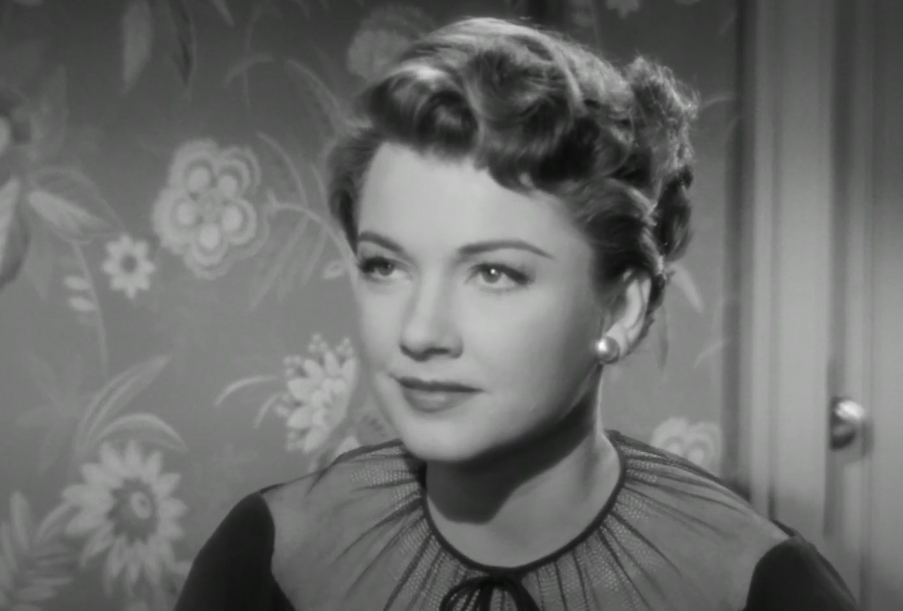 Twentieth Century, All About Eve (1950)
Twentieth Century, All About Eve (1950)
37. There Was A Last Minute Replacement
Colbert ended up injuring herself on another film, so she had to gracefully bow out of All About Eve. That’s when Bette Davis received an offer to play the part. Luckily, Baxter was still in, but now she was playing opposite one of the scariest people in Hollywood. There was something else much more foreboding that might have been worrying Baxter.
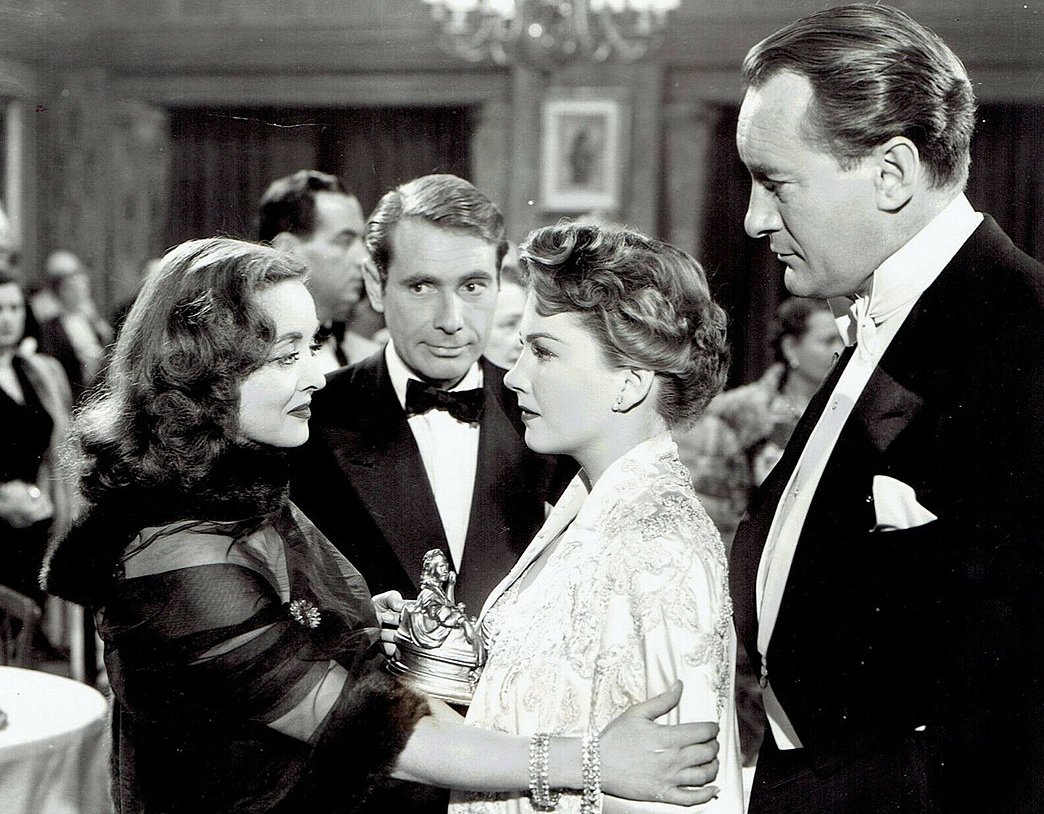 20th Century Fox, Wikimedia Commons
20th Century Fox, Wikimedia Commons
38. It Was Almost The Same
Anne Baxter had received her worst reviews playing a manipulative outsider trying to seem innocent. This was in Guest in the House, and likely Baxter was still hurting from the bad press. The thing was, her role in All About Eve was unnervingly similar. She was once again playing a character pretending to be nice and having an evil agenda.
It’s time to find out if Baxter had learned from her mistakes.
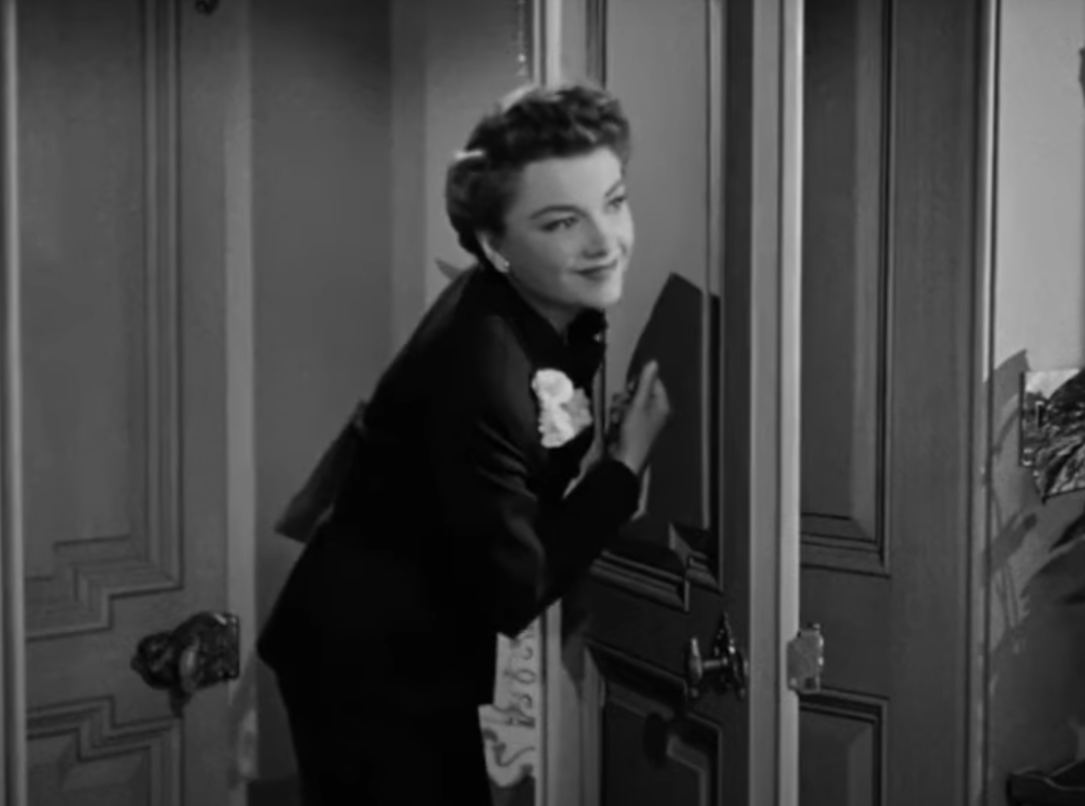 Twentieth Century, All About Eve (1950)
Twentieth Century, All About Eve (1950)
39. She Was Warned
Likely, Anne Baxter had received warnings about Davis’ outrageous antics on set. The media was gleefully playing up that the two were not getting along. Luckily, actually making the film was another matter altogether. As it turned out, Baxter and Davis had no problem with each other, and even forged a friendship.
It was only after the filming ended that Baxter did something that had the potential to push Davis over the edge.
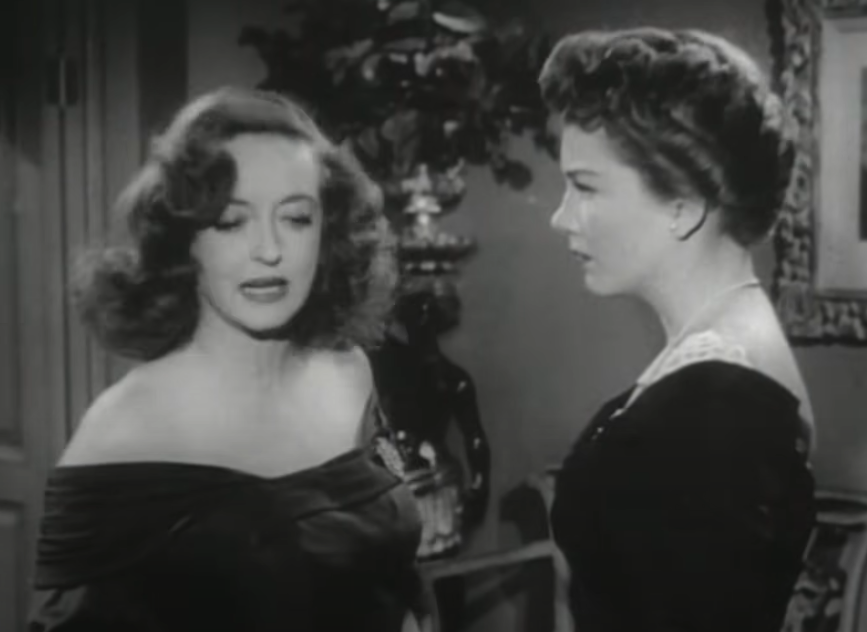 Twentieth Century, All About Eve (1950)
Twentieth Century, All About Eve (1950)
40. She Was Done Supporting
When it came to the Oscars, Anne Baxter had learned her lessons. She did not want to get a nomination for a supporting Oscar. She put the pressure on and got the nod for Best Actress for the film. There was just one problem. The notoriously competitive Davis was also nominated for Best Actress. Surely, having two actresses up for the same award was good for a film.
Nope, it actually caused a big issue.
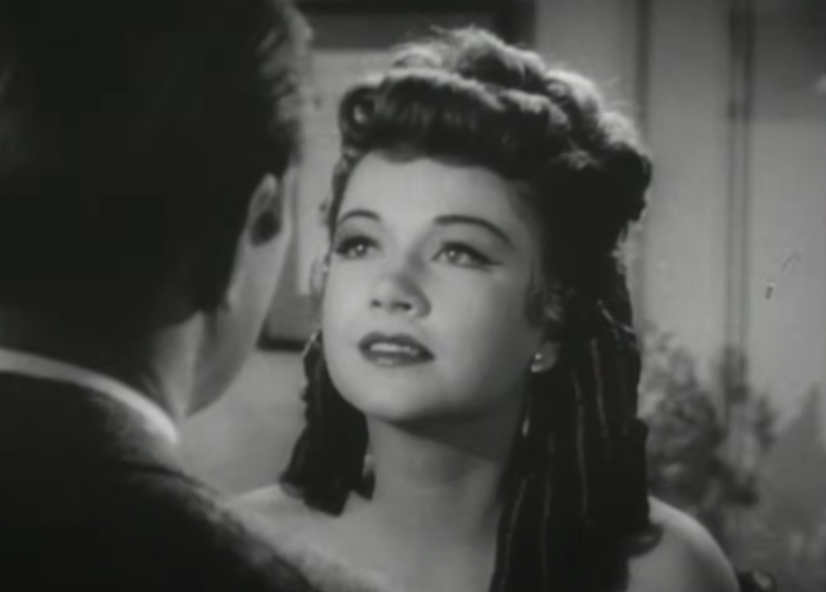 Twentieth Century, All About Eve (1950)
Twentieth Century, All About Eve (1950)
41. She Spilt The Vote
Popular opinion decided that Baxter’s desire to get a Best Actress nomination hurt both herself and Davis. Members of the Academy who liked All About Eve now had to choose between Baxter and Davis. Many believe that is why neither took home the trophy that night. Judy Holliday got it for Born Yesterday.
Baxter said goodbye to Oscar drama and hello to her own very real drama.
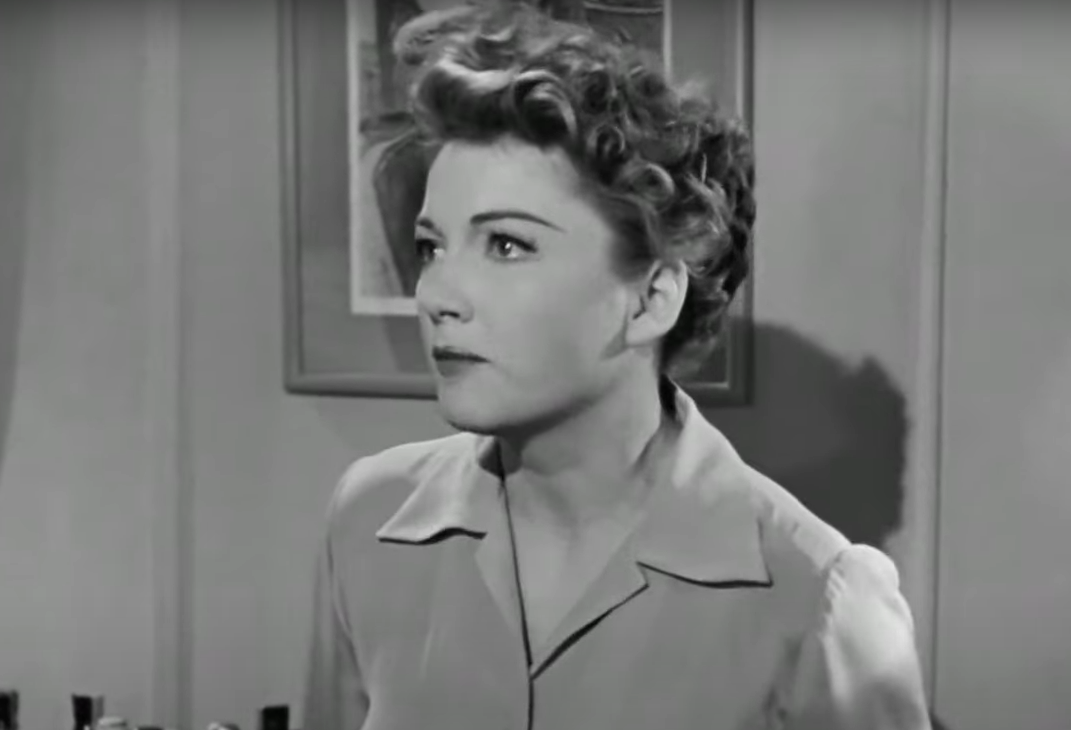 Twentieth Century, All About Eve (1950)
Twentieth Century, All About Eve (1950)
42. She Had Her Own Drama
Baxter’s marriage ended in 1953, and Baxter called it “the longest winter in the world”. Somewhere around the mid-1950s, she started dating Russell Birdwell. The thing was, he was also her publicist. It was hard to tell which was more the driving force of this partnership: romance or making money.
One thing was for sure—Baxter’s luck with directors hadn’t changed.
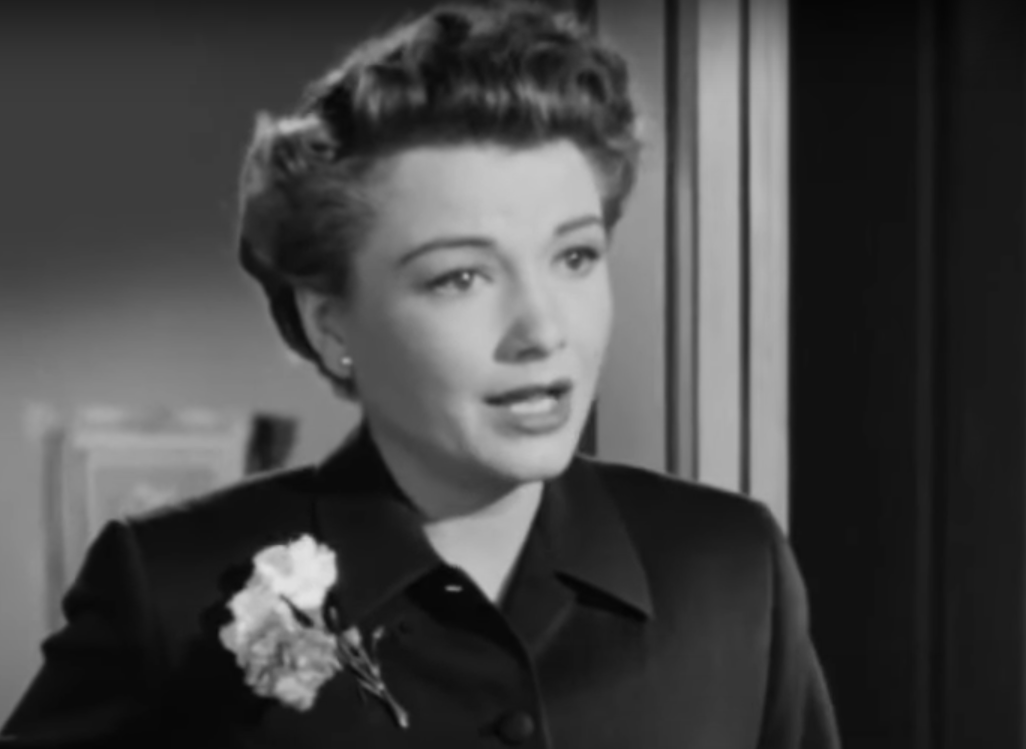 Twentieth Century, All About Eve (1950)
Twentieth Century, All About Eve (1950)
43. She Had A Bad Habit
Anne Baxter continued her habit of making forgettable films with respected directors. In 1953, she made I Confess with Alfred Hitchcock and The Blue Gardenia with Fritz Lang. Neither film attracted a favorable response from critics or audiences. It looked like Baxter’s life would continue like this, but then she got a very important phone call.
 50th Anniversary Collection Paramount, Wikimedia Commons
50th Anniversary Collection Paramount, Wikimedia Commons
44. A Legend Called Her Up
In 1956, Baxter received a call from legendary filmmaker Cecil B DeMille. When she got to his office, he told her that he wanted her to play Egyptian Queen Nefertiti in his biblical epic The Ten Commandments. Of course, Baxter knew that a film with DeMille was what every actor wanted, but she still had a demand. She told him that she had to wear a false nose to look Egyptian.
DeMille’s reply was pure Hollywood legend.
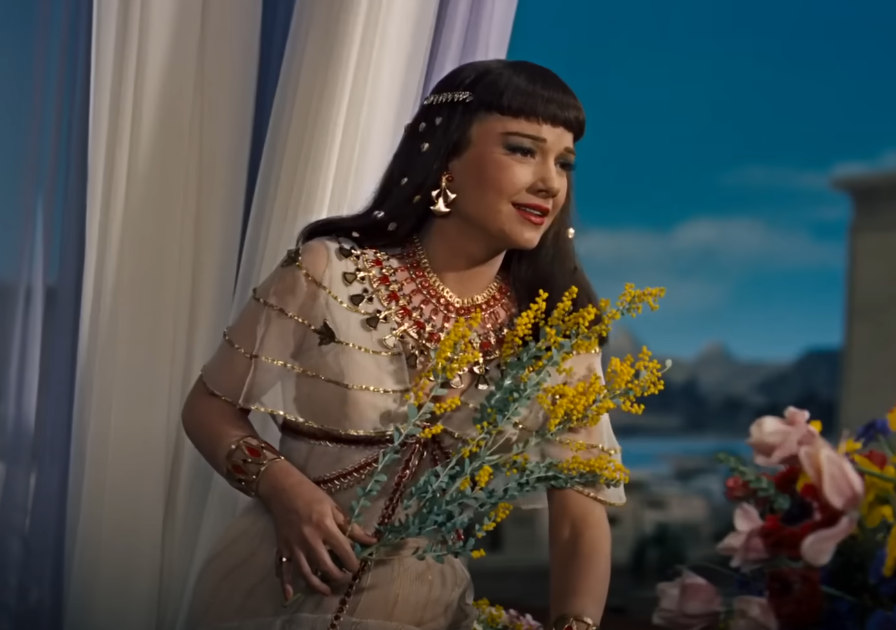 Motion Picture Associates, The Ten Commandments (1956)
Motion Picture Associates, The Ten Commandments (1956)
45. She Made Him Mad
When Baxter asked DeMille if she could wear a false nose, the famous director pounded his desk with his fist. He apparently had a strong opinion about this. He said that her “Irish nose stays in the picture”. And that was that. Baxter had a part in a film that would make history.
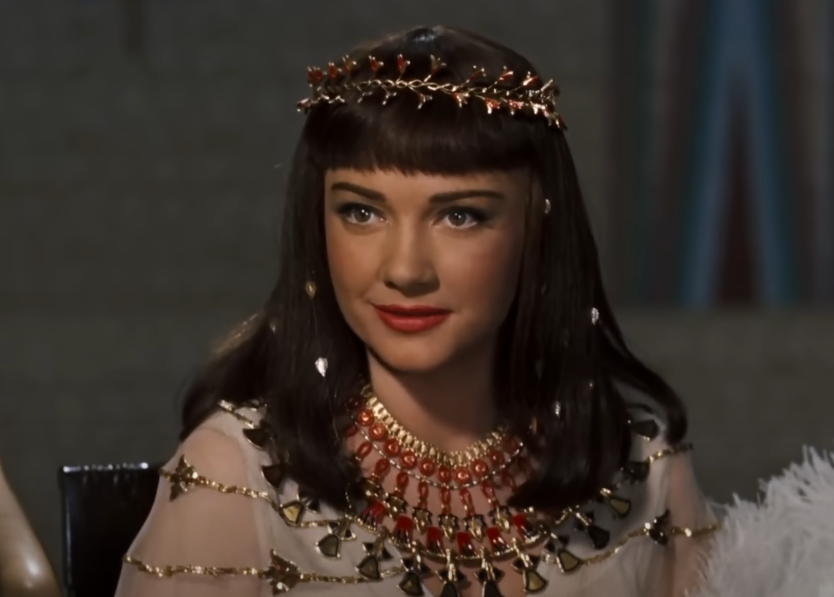 Motion Picture Associates, The Ten Commandments (1956)
Motion Picture Associates, The Ten Commandments (1956)
46. She Went Down In History
As everyone knows, The Ten Commandments went down in history as a very important film. It garnered seven Academy Award nominations but won only for Best Special Effects. Some critics pointed out Baxter’s acting, but not in a good way. One called her performance “old-school”. It hardly mattered. Baxter was in an epic film that audiences would enjoy for years to come.
Now Baxter could rest on her laurels, and give marriage another try.
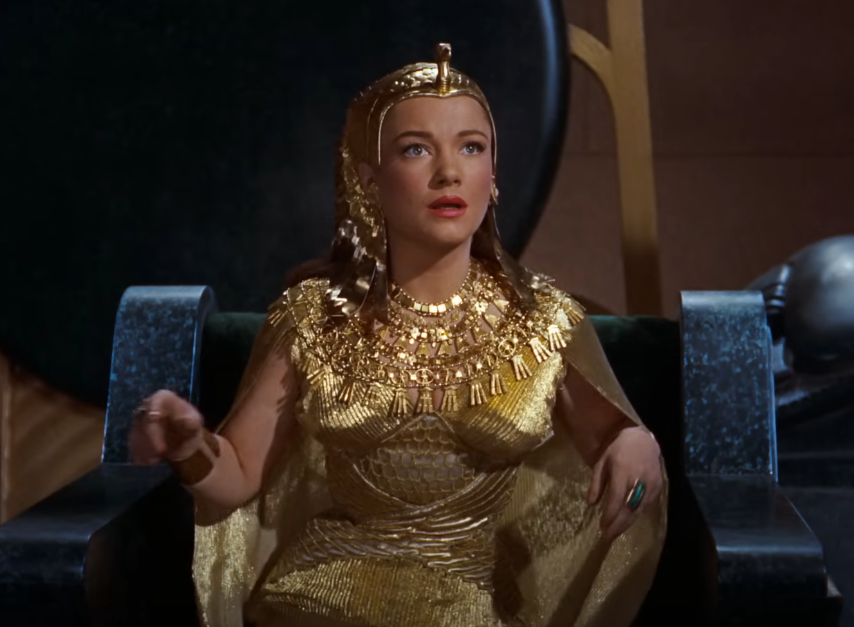 Motion Picture Associates, The Ten Commandments (1956)
Motion Picture Associates, The Ten Commandments (1956)
47. She Tried Again
By 1960, Baxter’s relationship with her publicist had dried up, so she decided to tie the knot with cattle rancher Randolph Galt. The couple had two daughters and then started moving around the country. They lived on a ranch in New Mexico, in Hawaii, and then in California. Sadly, this marriage ended in divorce nine years after it began.
But Baxter wouldn’t give up on love.
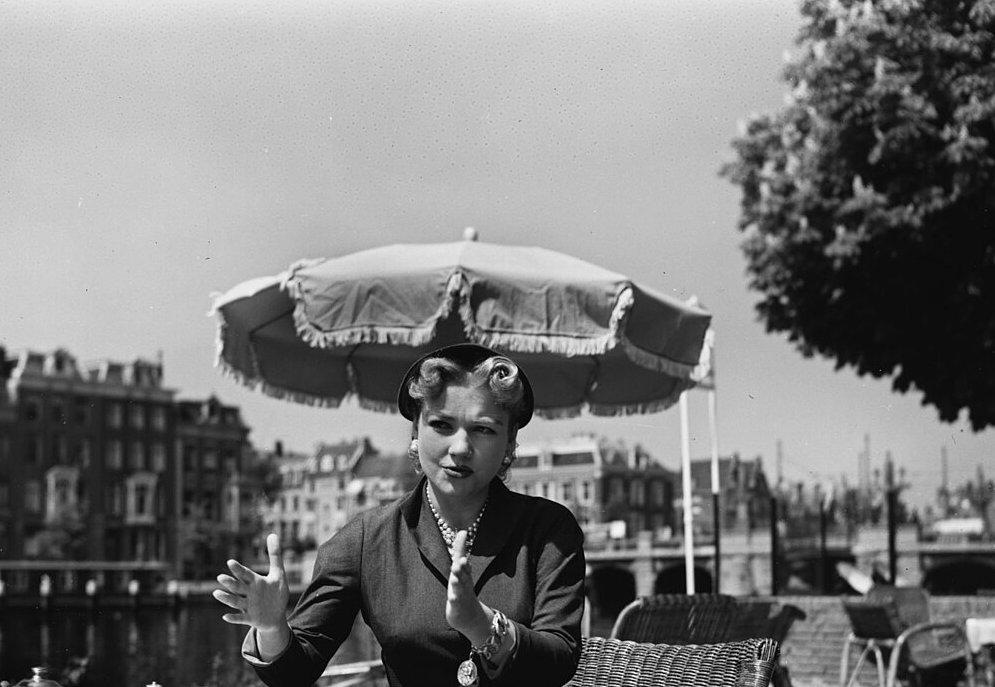 IISG, CC BY-SA 2.0, Wikimedia Commons
IISG, CC BY-SA 2.0, Wikimedia Commons
48. It Ended Tragically
In the late 1970s, Anne Baxter tied the knot one last time. Sadly, this one wouldn’t end in divorce, it would be much worse than that. She and her new husband David Klee bought a home in Connecticut and planned to fully renovate it. Sadly, Klee passed even before their first anniversary.
Baxter’s life as a widow focused on doing mostly TV and Broadway. And then her own tragedy struck.
49. She Was Doing Something Ordinary
On December 4, 1985, Anne Baxter was in New York City doing what many New Yorkers do every day, she was hailing a cab. That’s when tragedy struck. Sadly, Baxter suffered a stroke while getting the cabbie’s attention. They put her on life support for eight days, and then her family agreed to pull the plug. She was just 62 years old.
Besides All About Eve and The Ten Commandments, there’s one more reason to remember Baxter—and it’s a shocker.
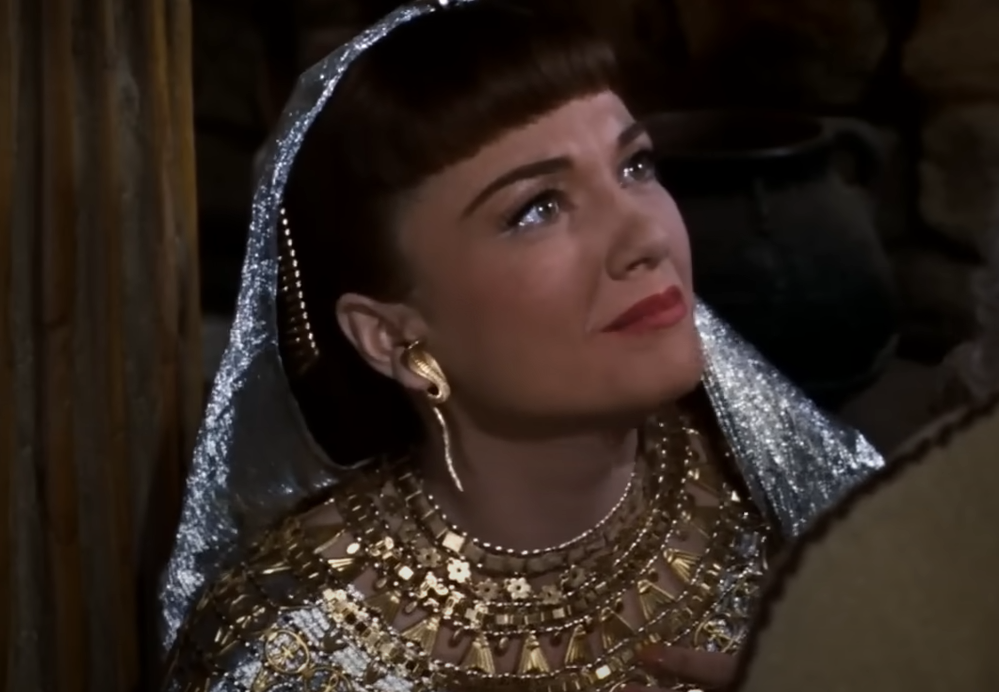 Motion Picture Associates, The Ten Commandments (1956)
Motion Picture Associates, The Ten Commandments (1956)
50. She Inspired A Legend
While making All About Eve, Anne Baxter may have noticed another actor with a small part in the film., This was a then-virtually unknown Marilyn Monroe. After the film was a wrap, friends started noticing that Monroe was acting strange. As it turned out, Monroe had borrowed Baxter’s breathy voice and was using it as her own.
Baxter had literally inspired a legend.

